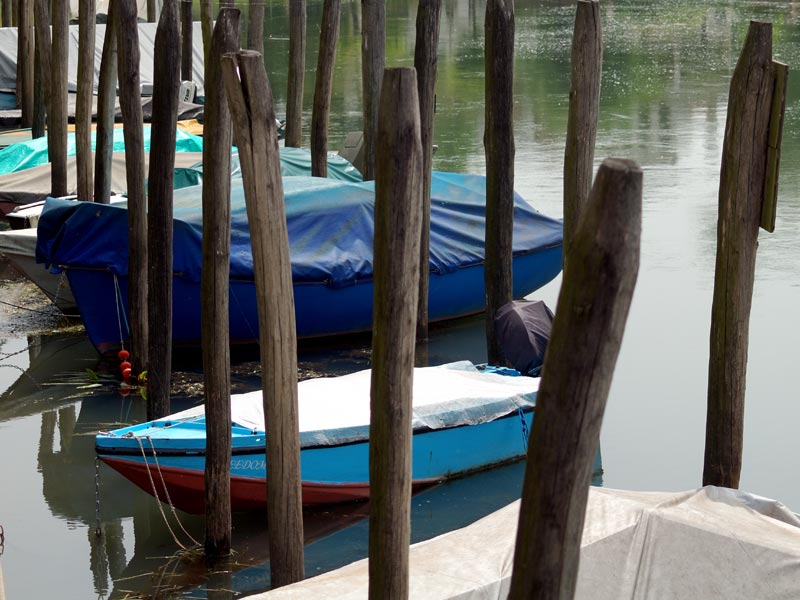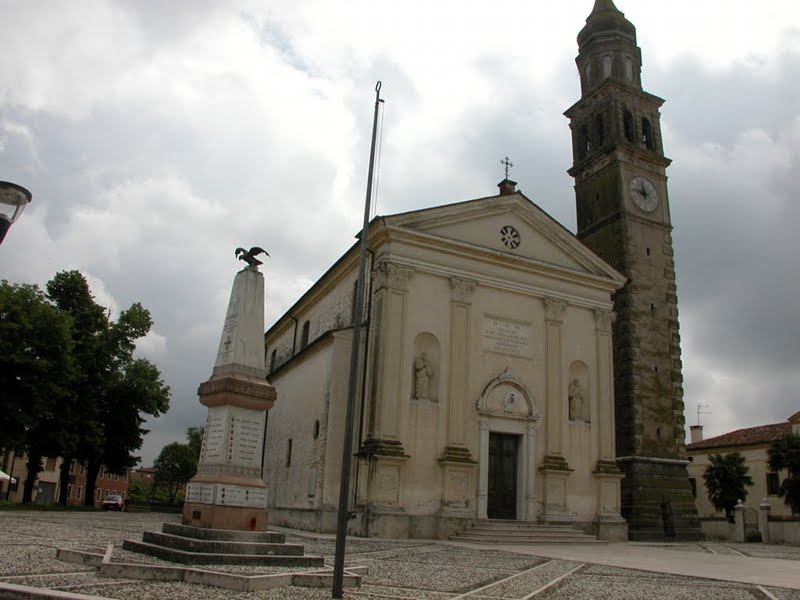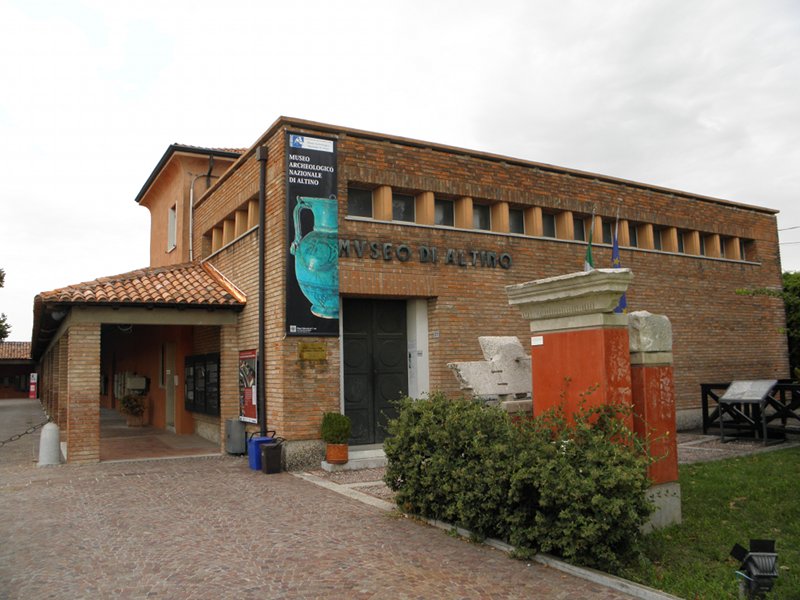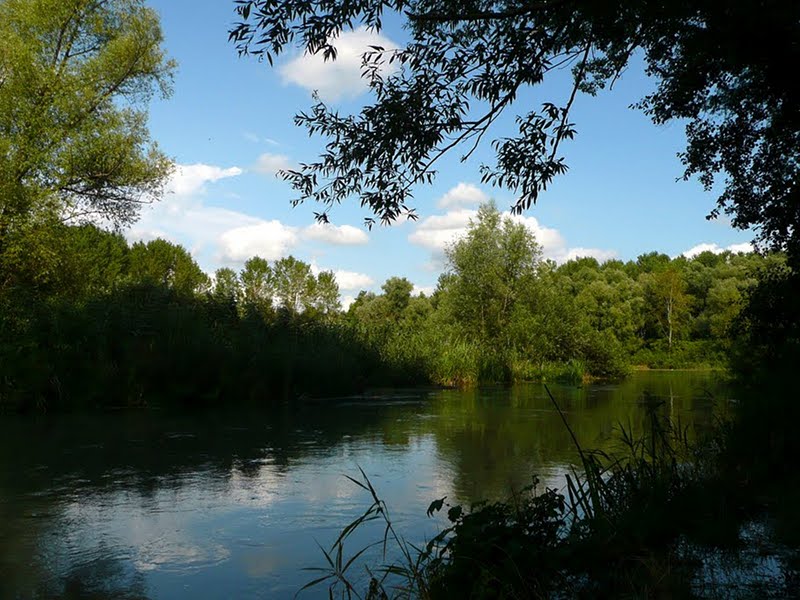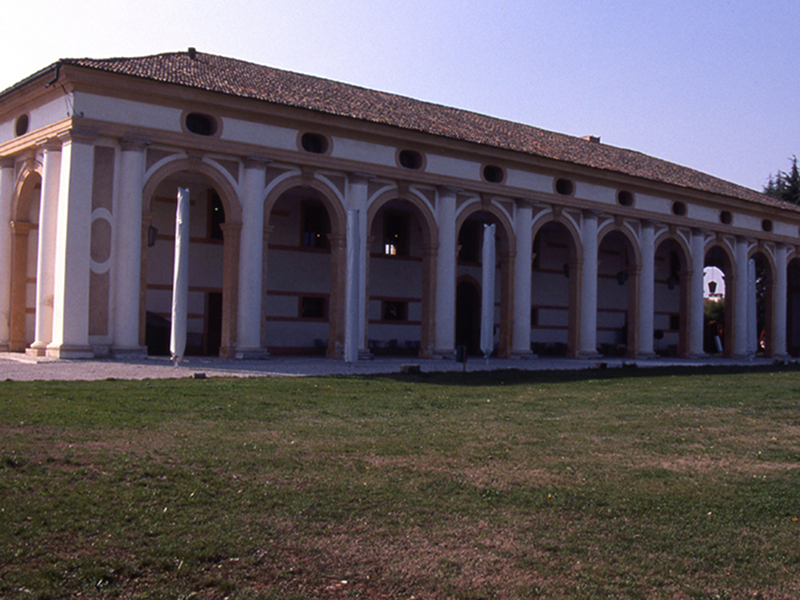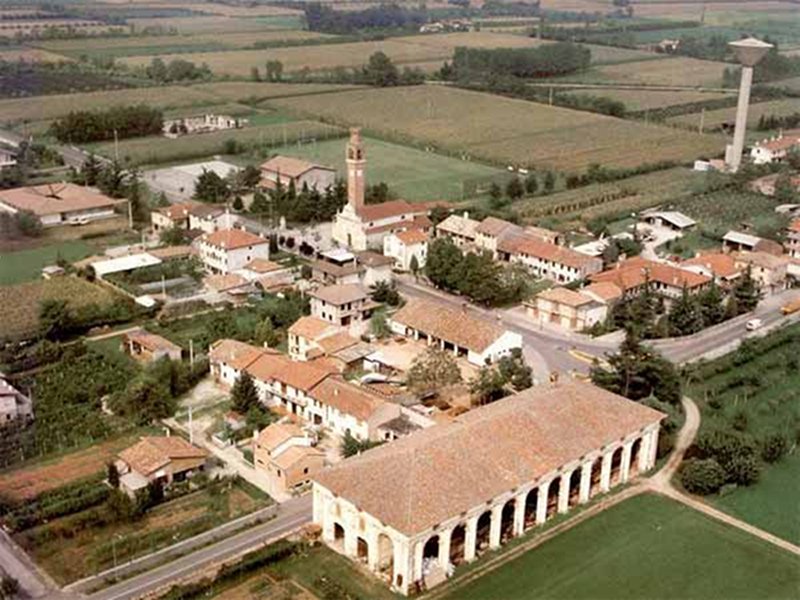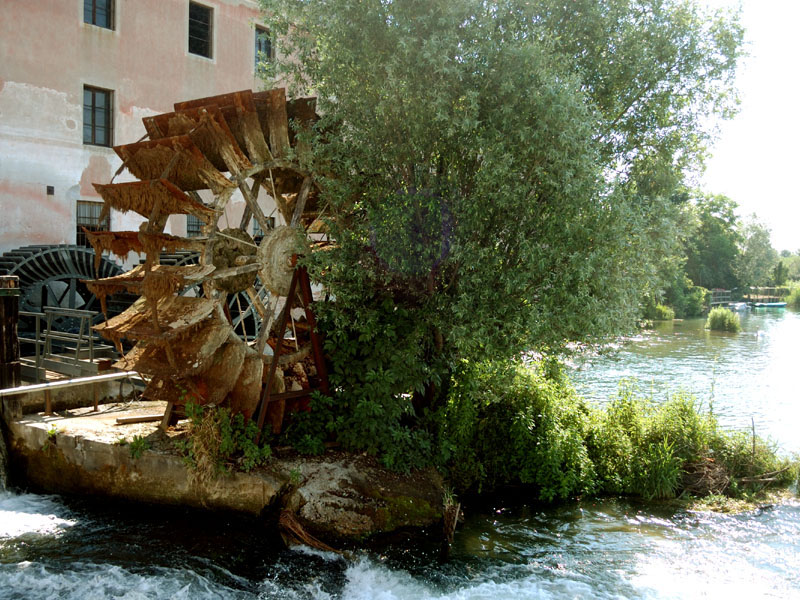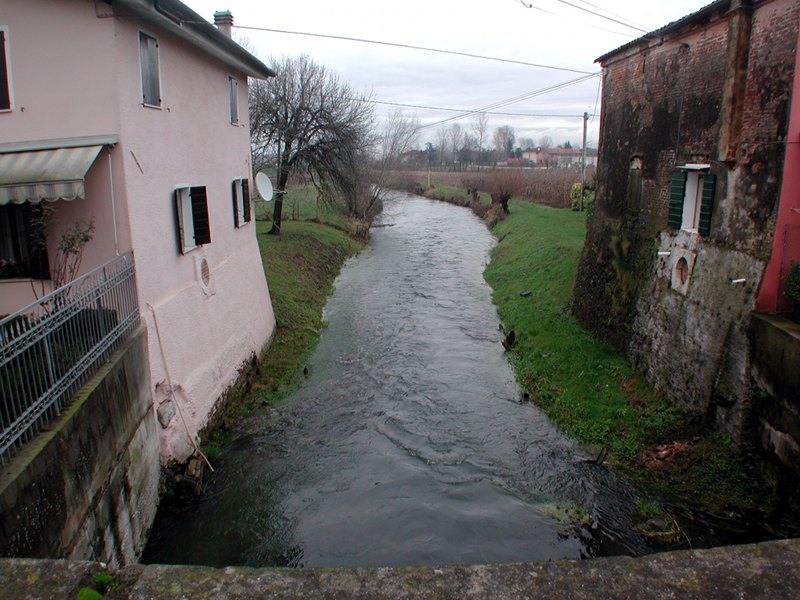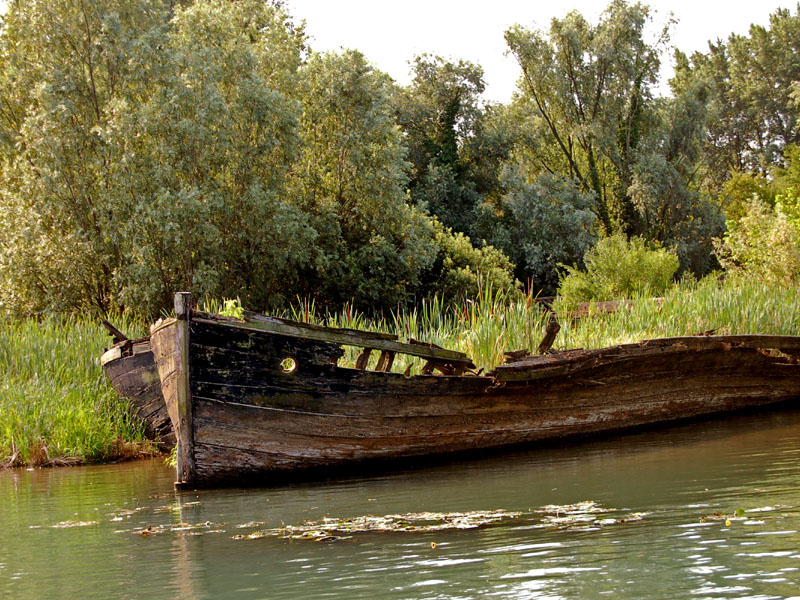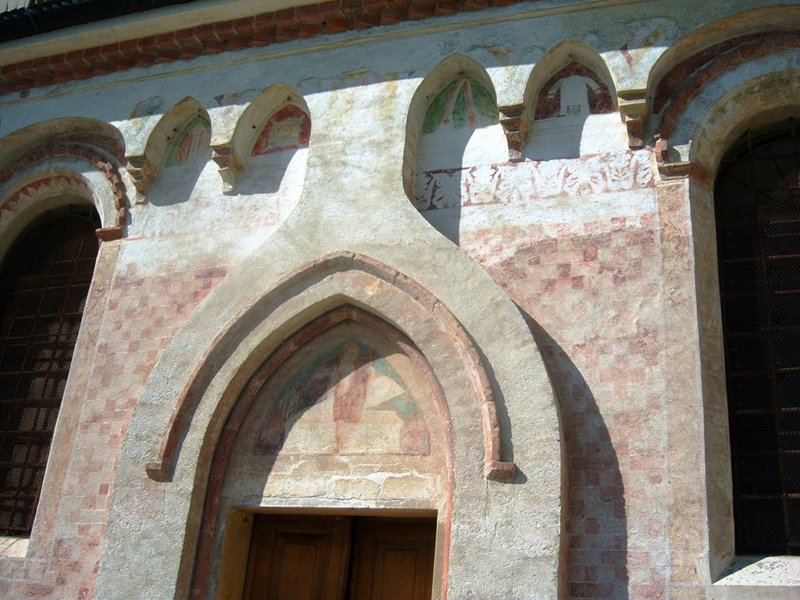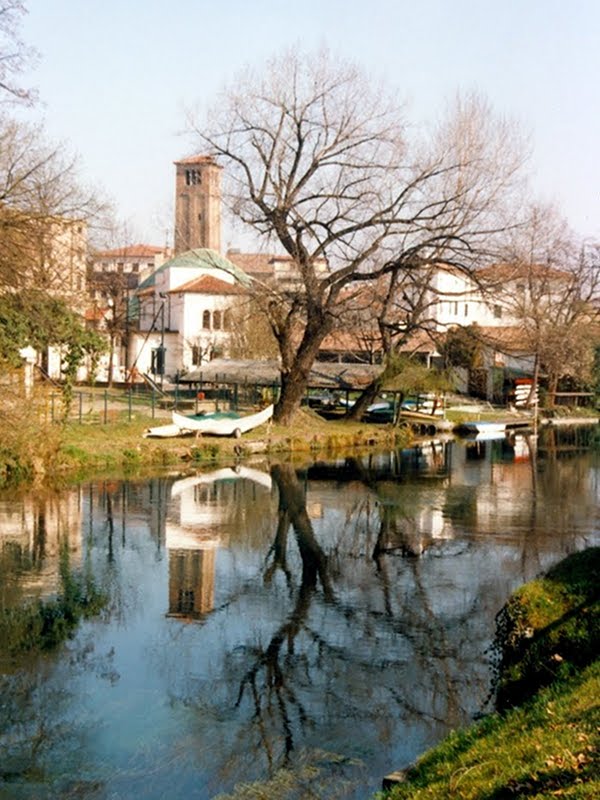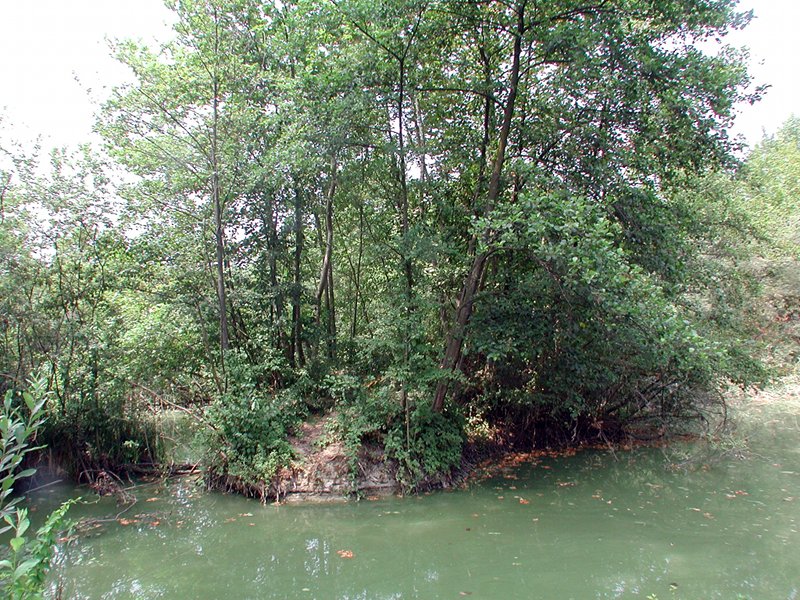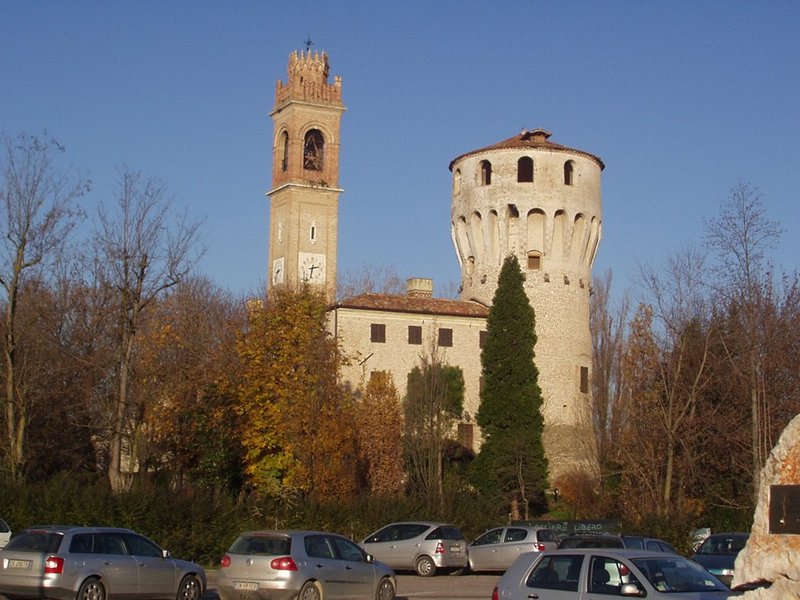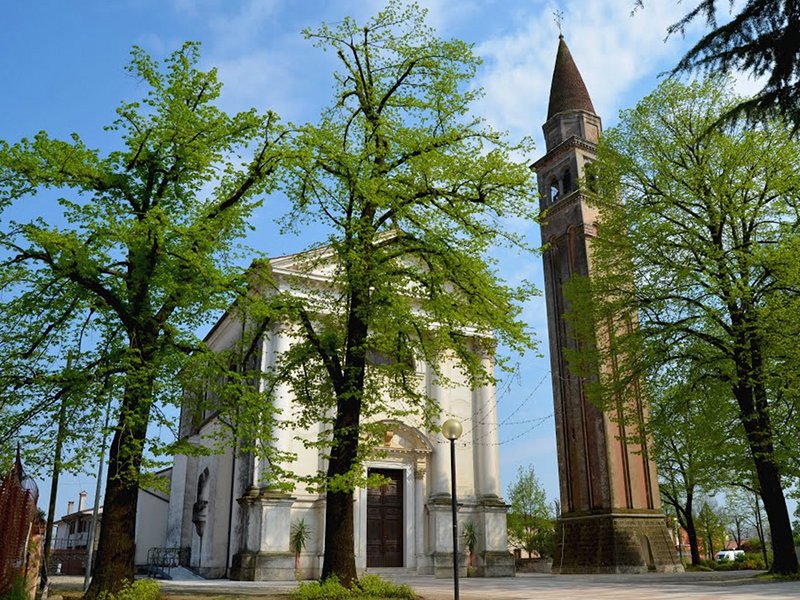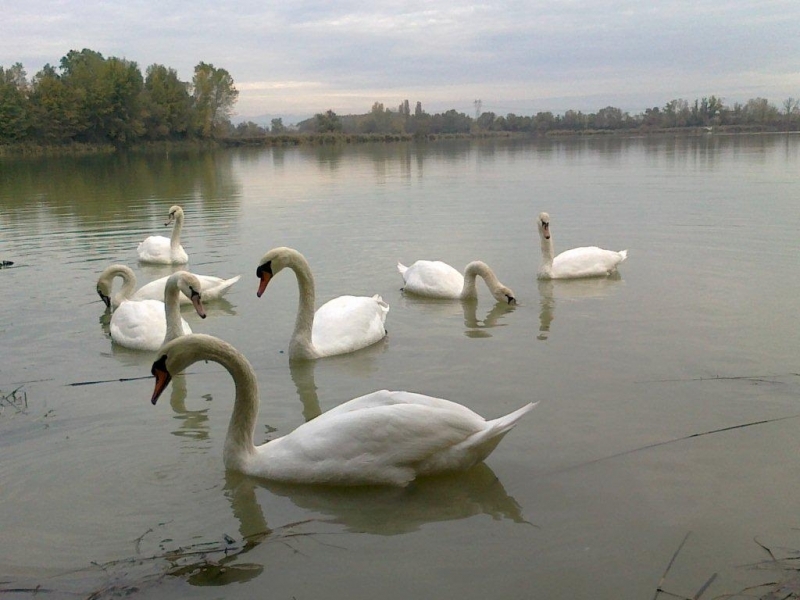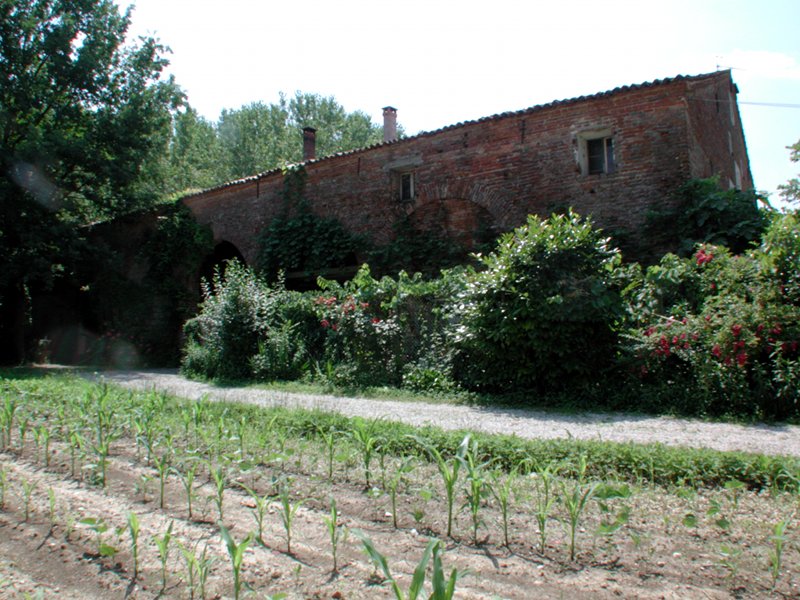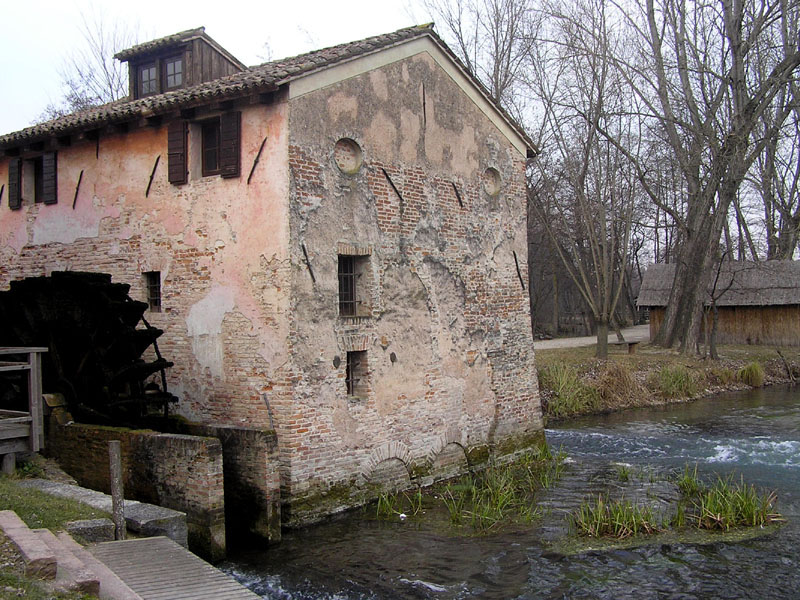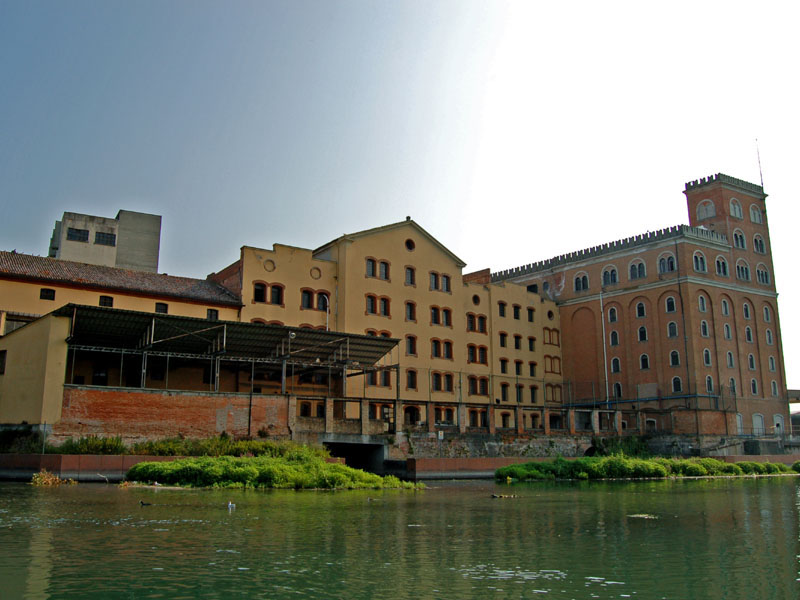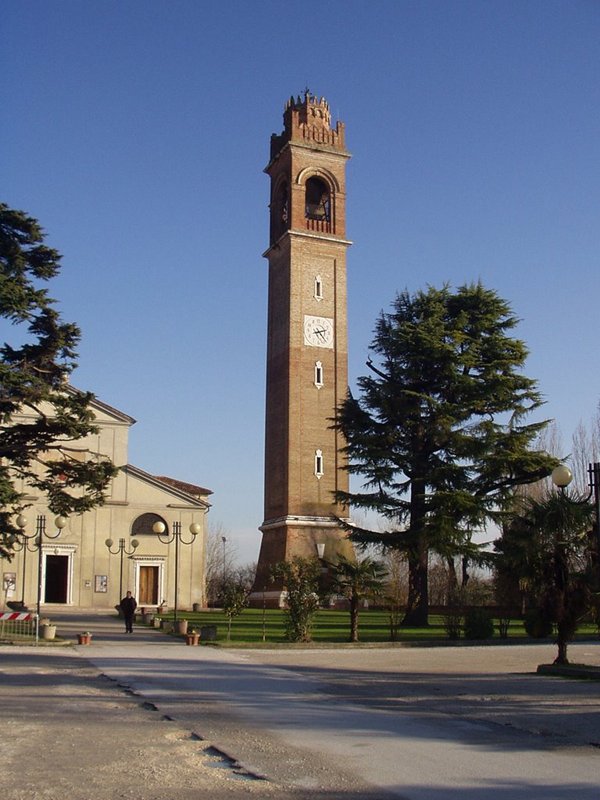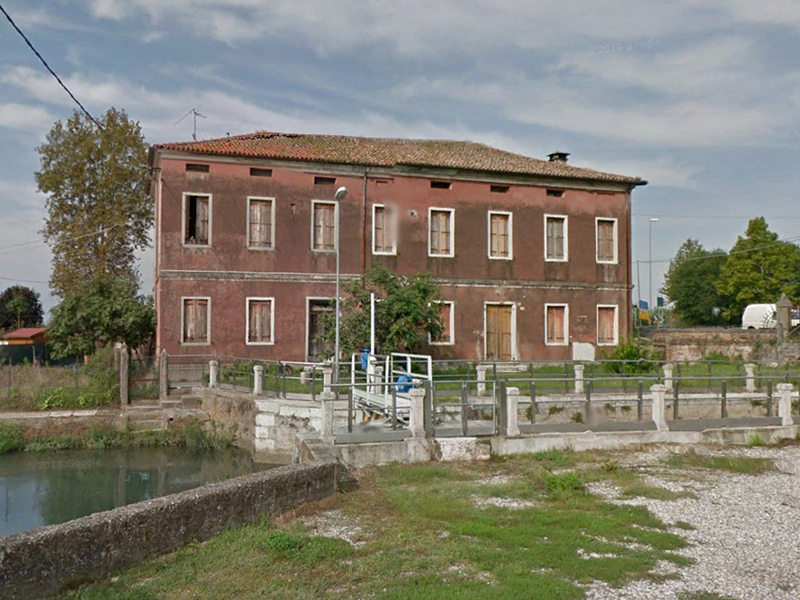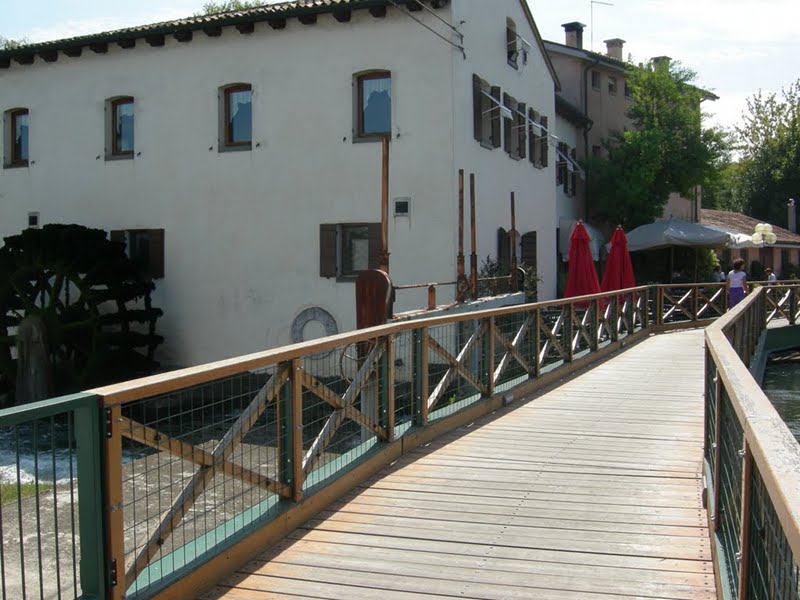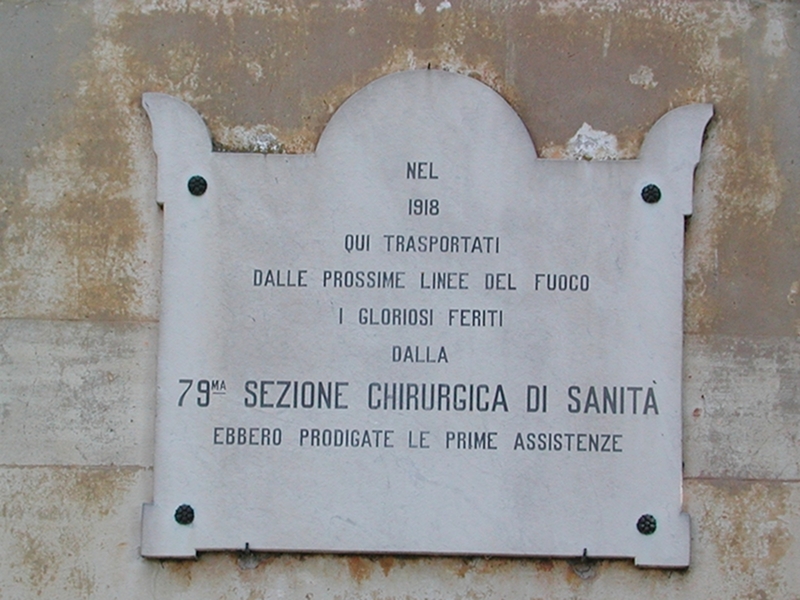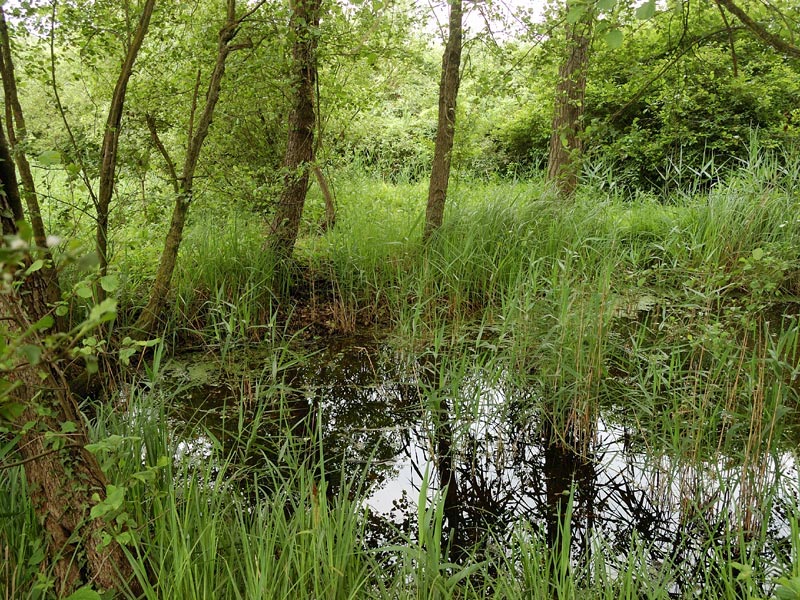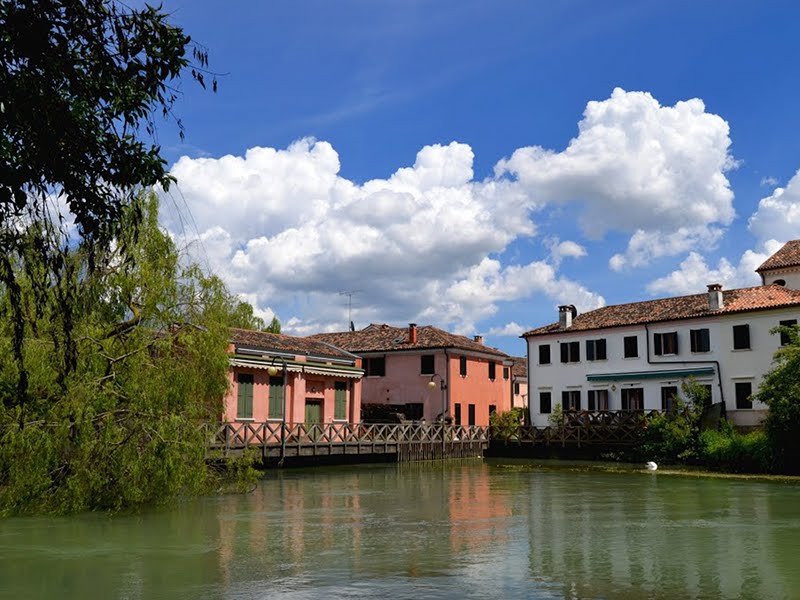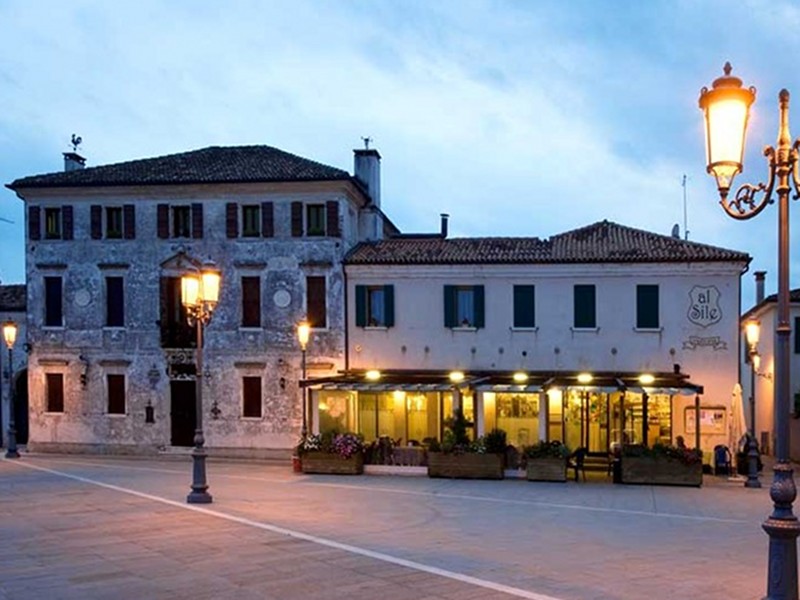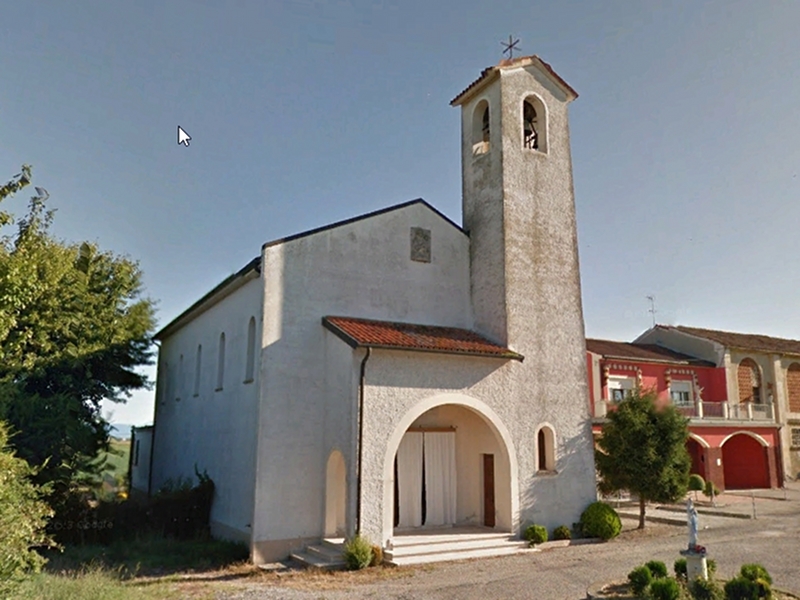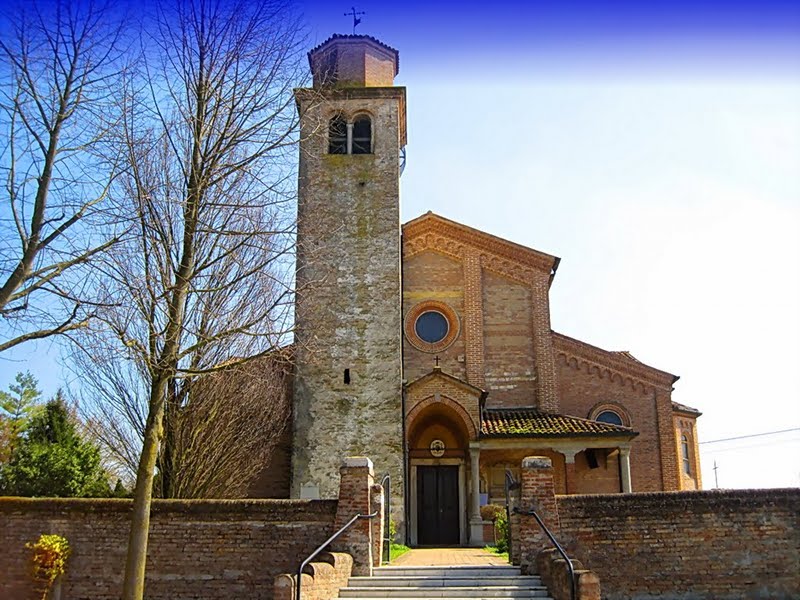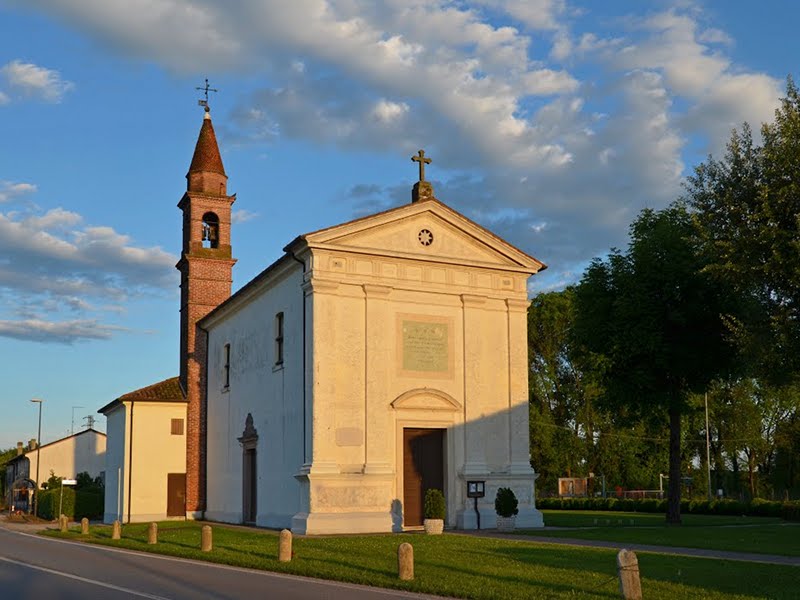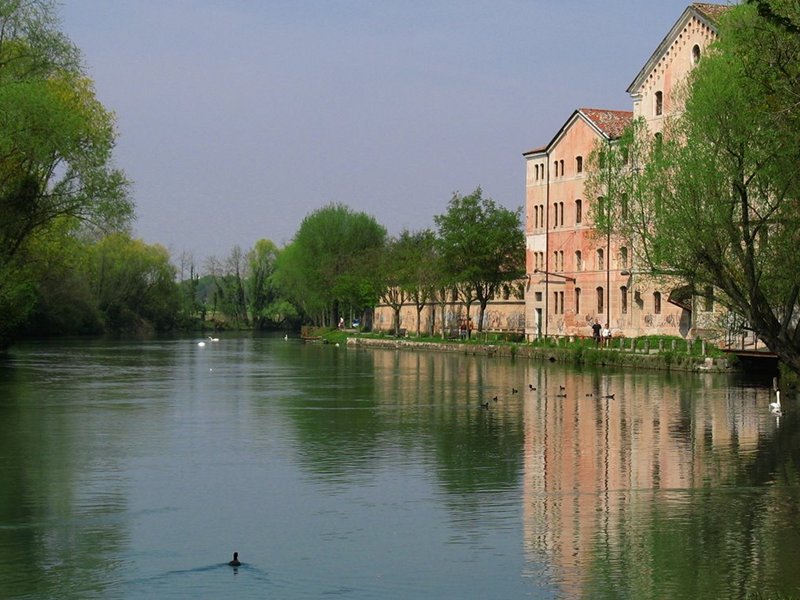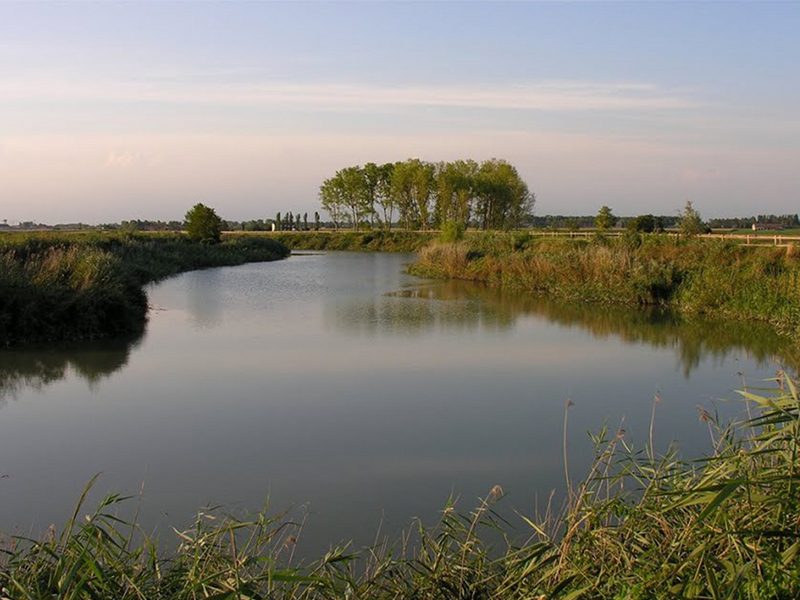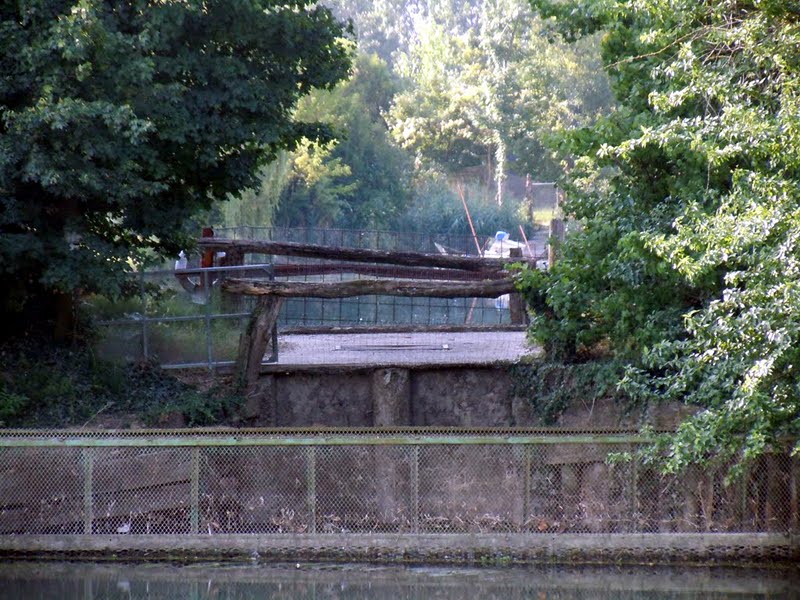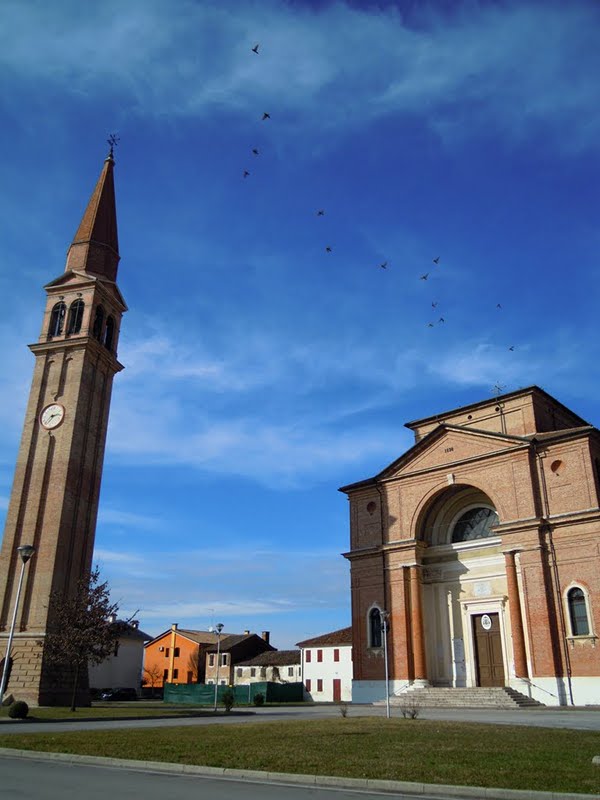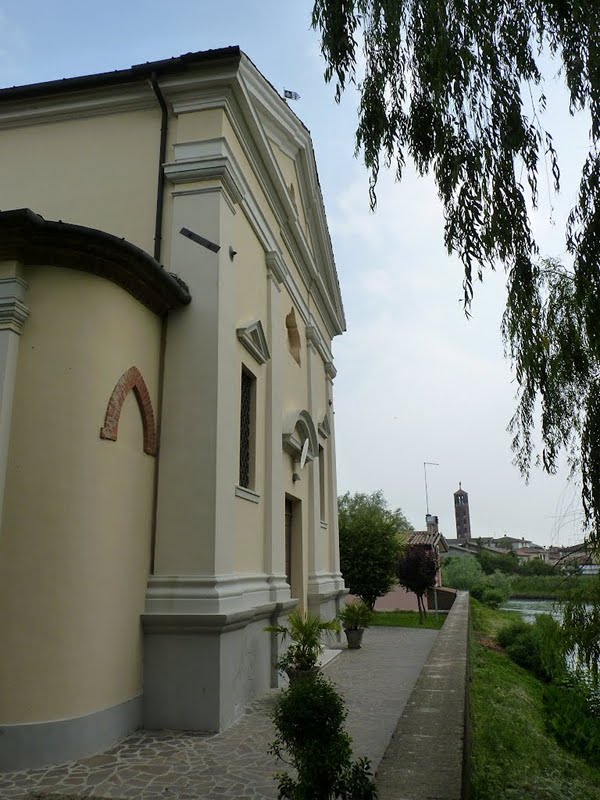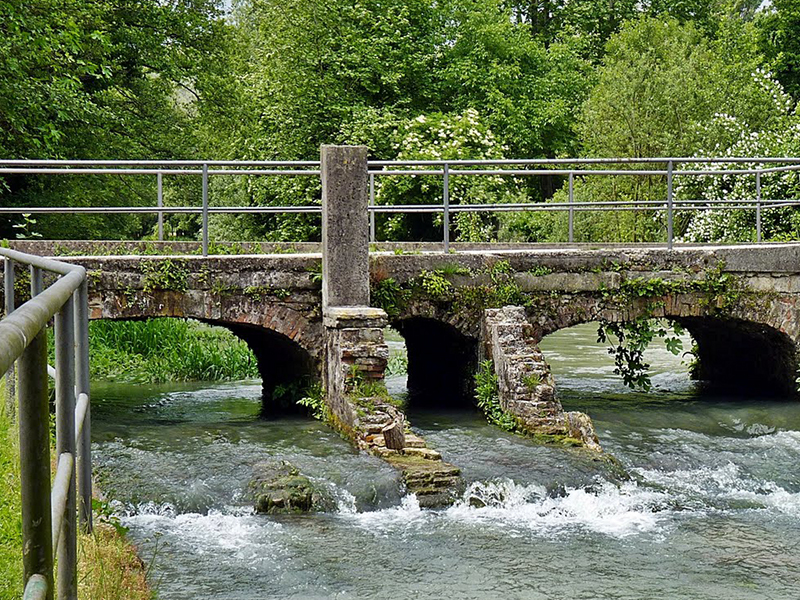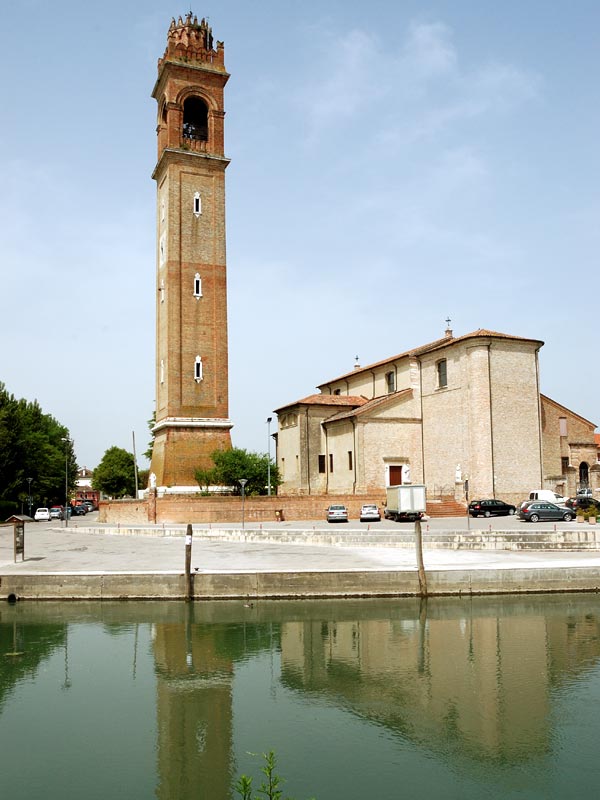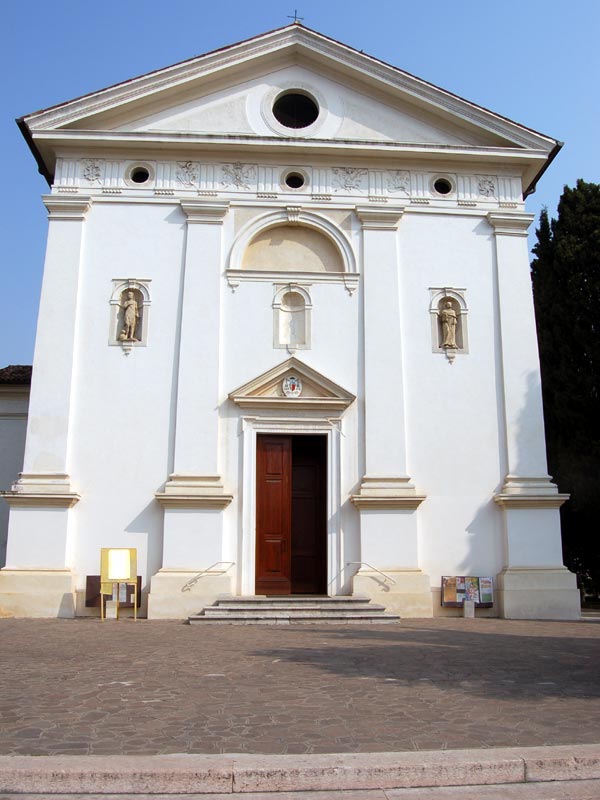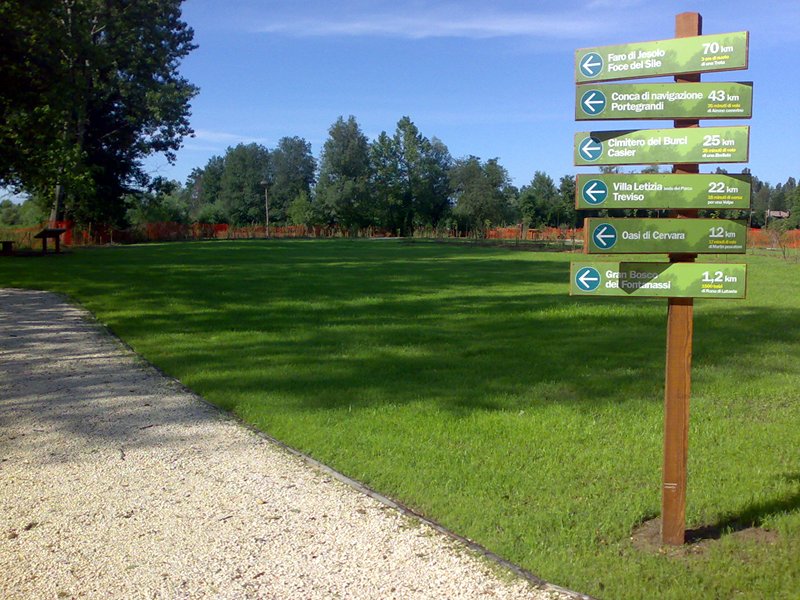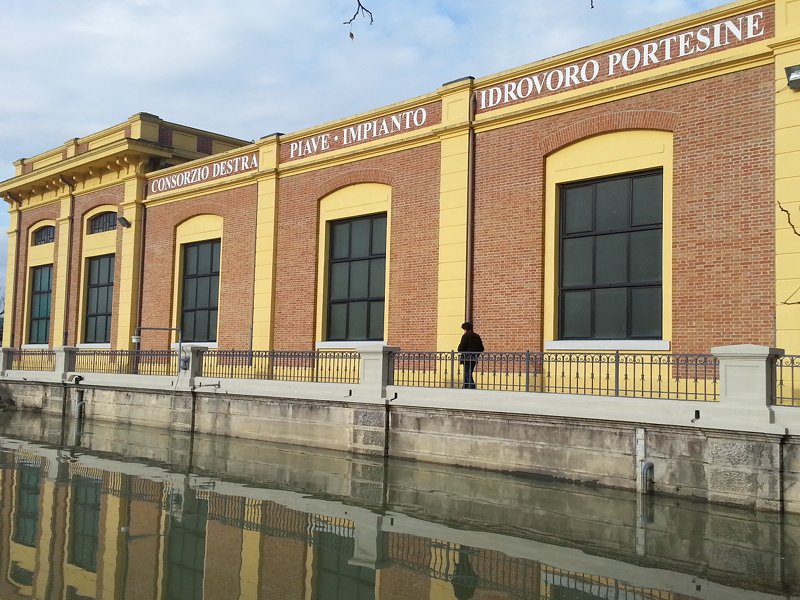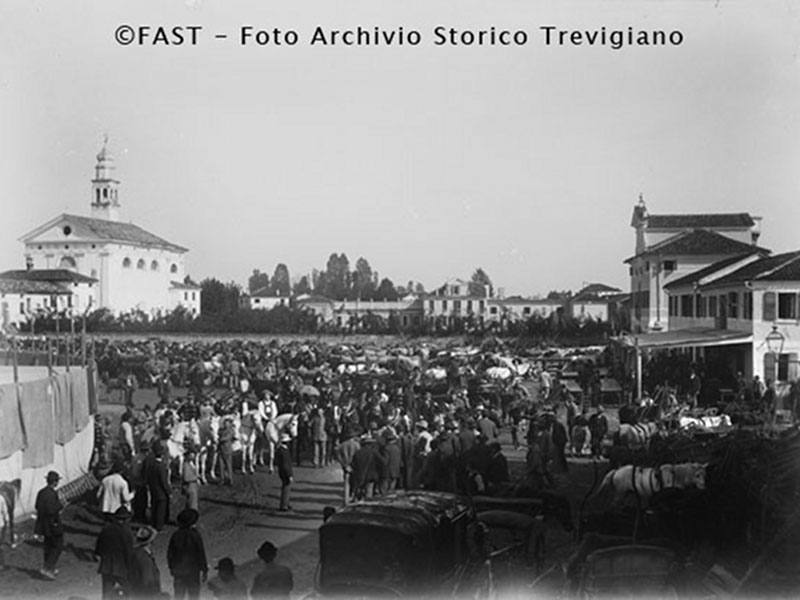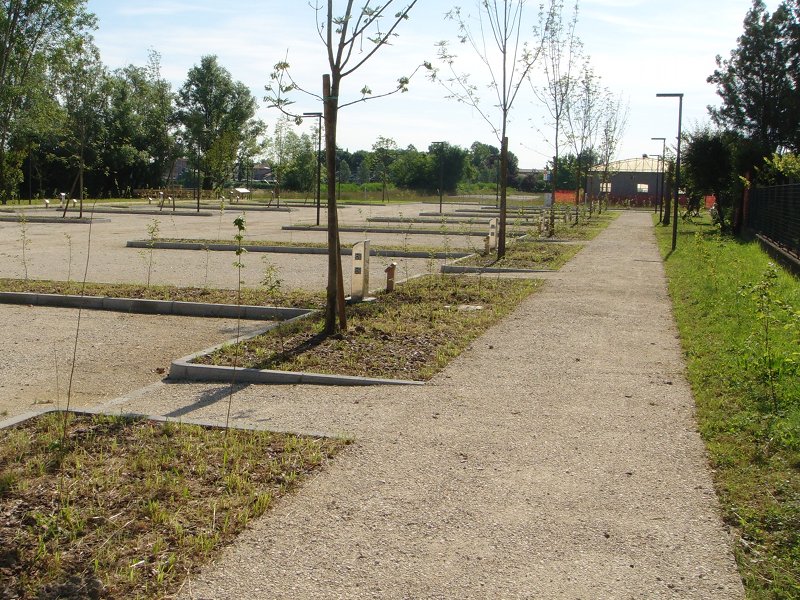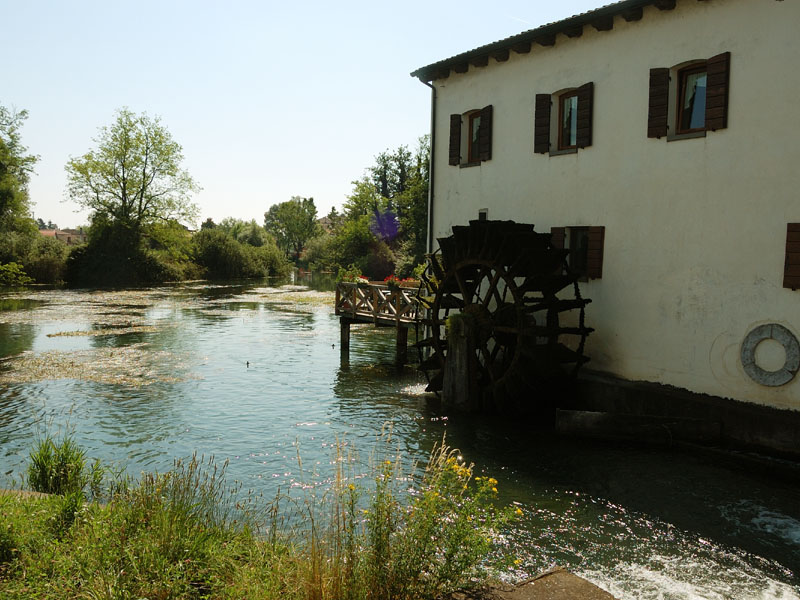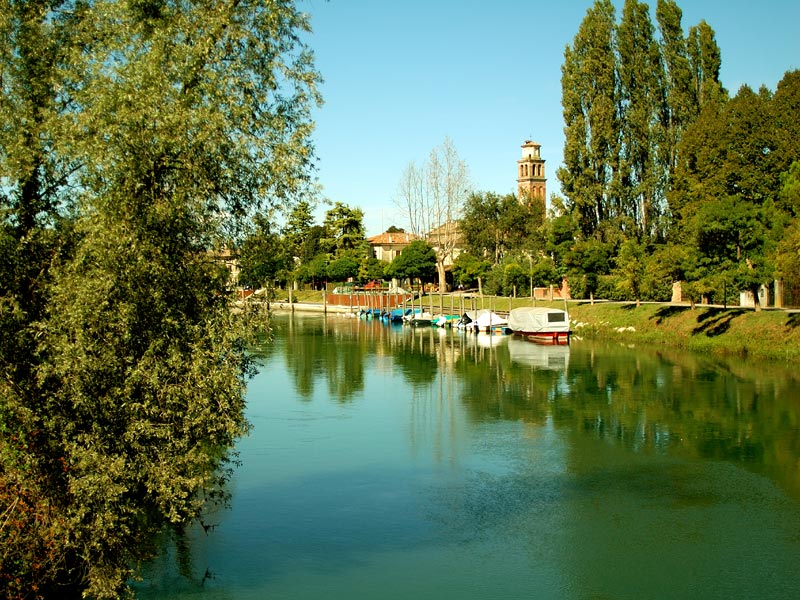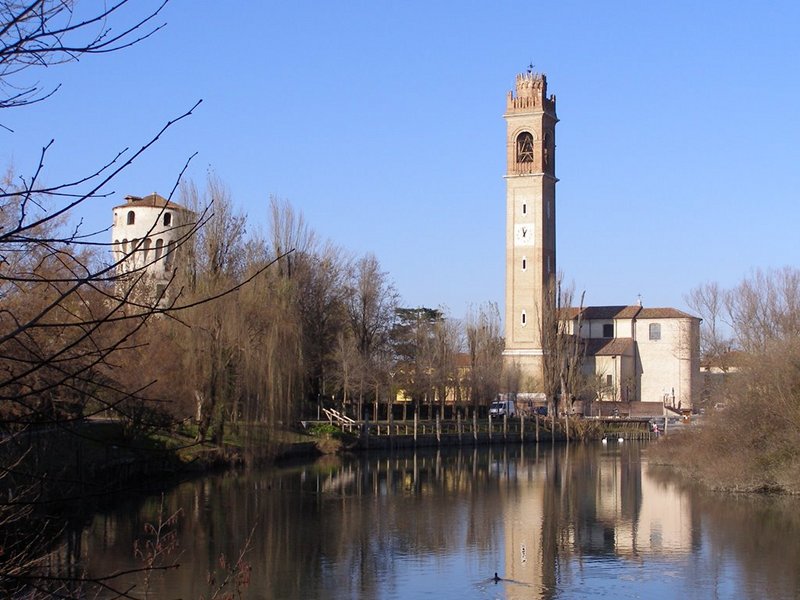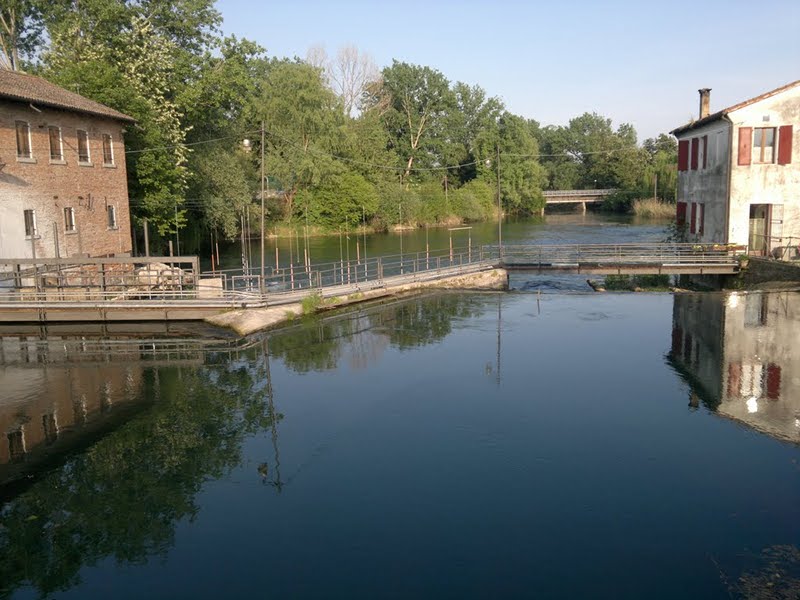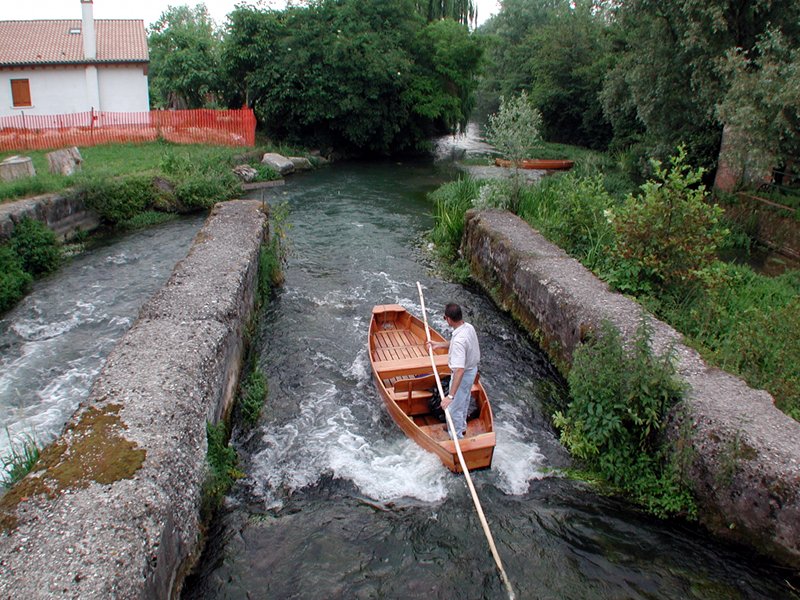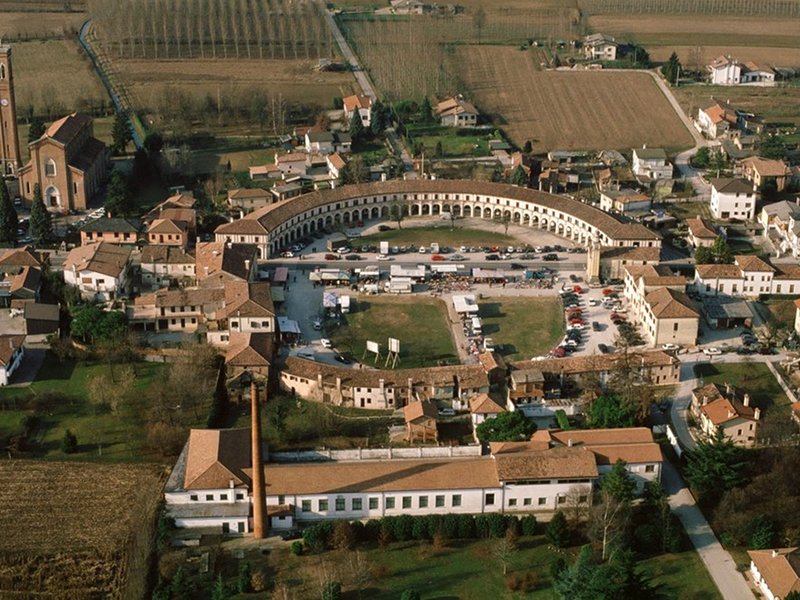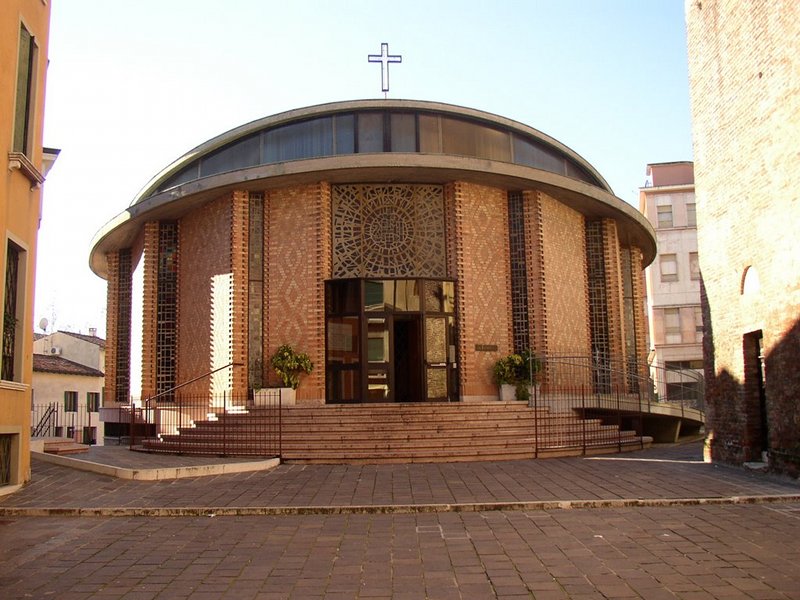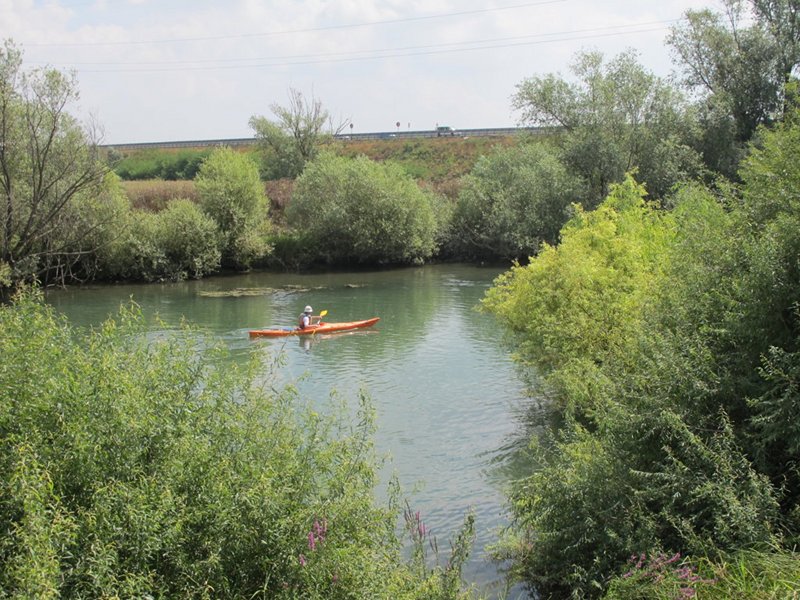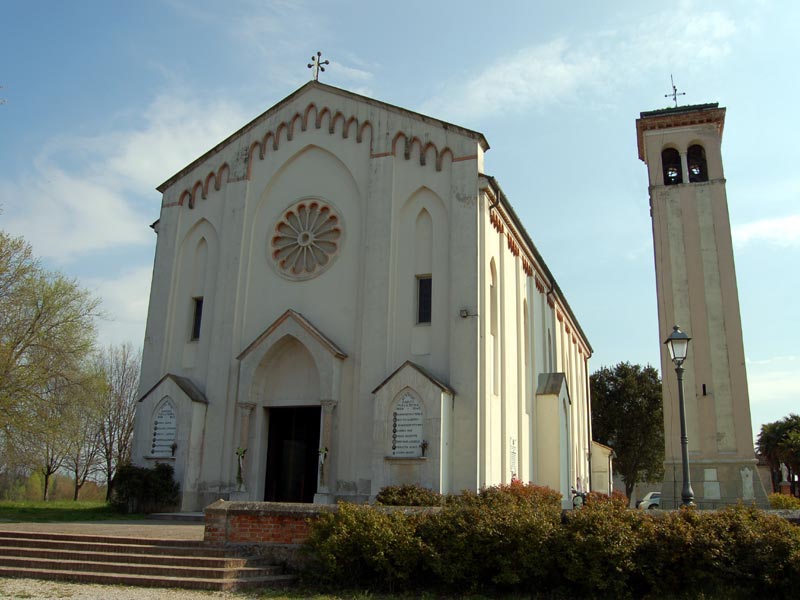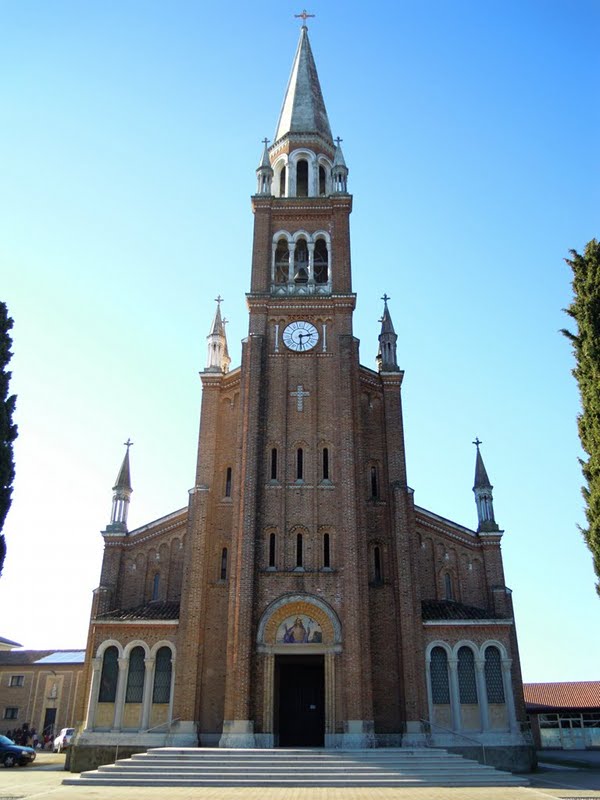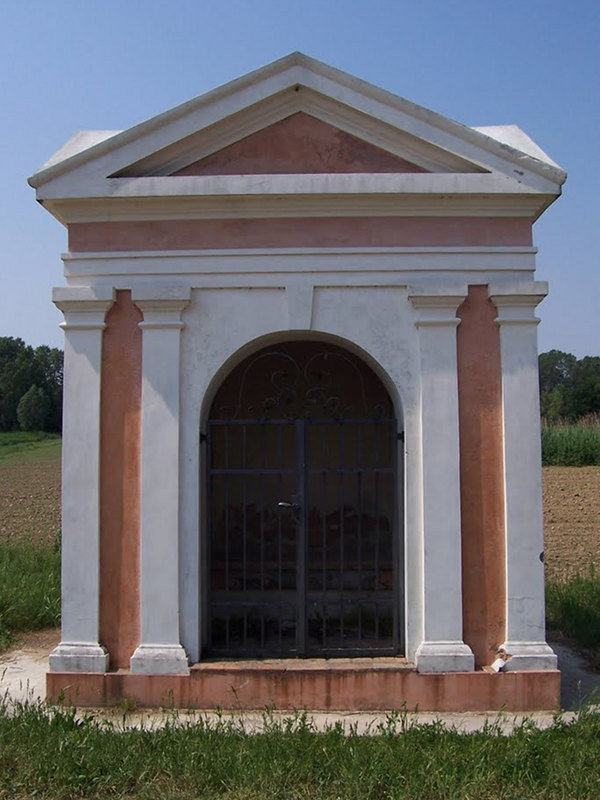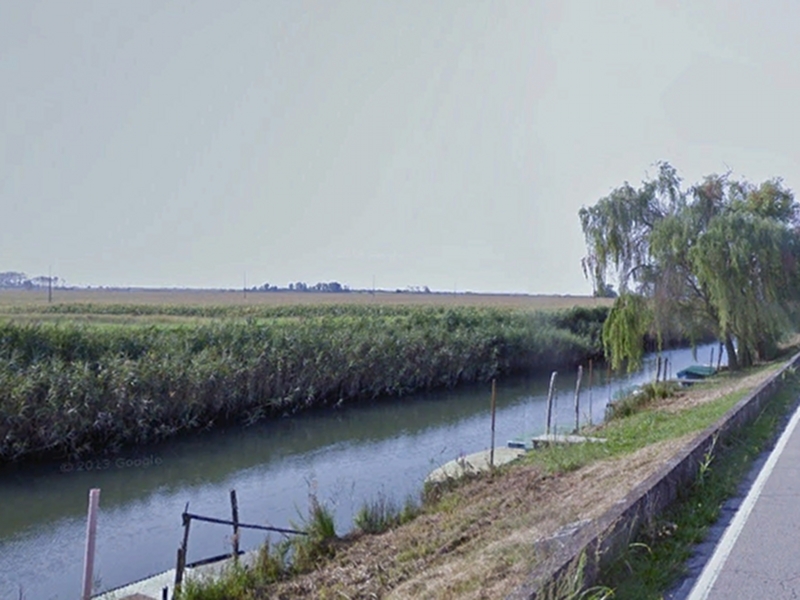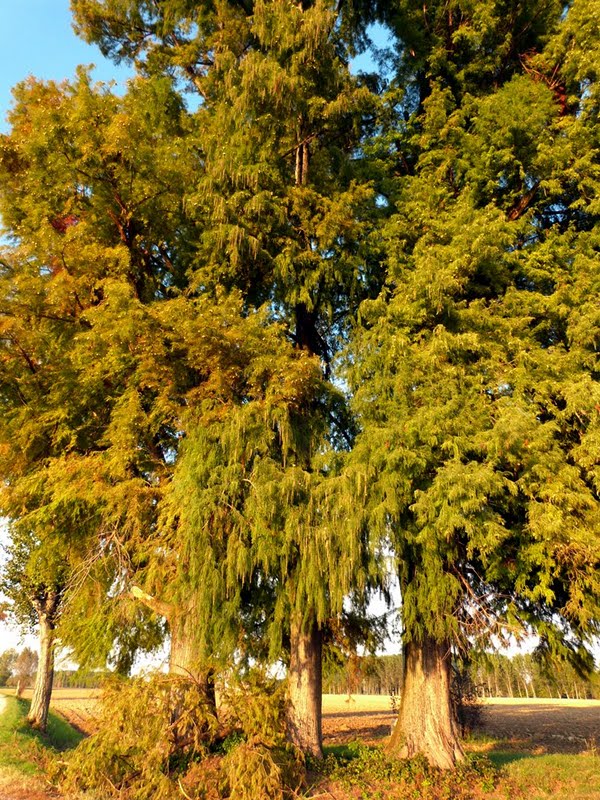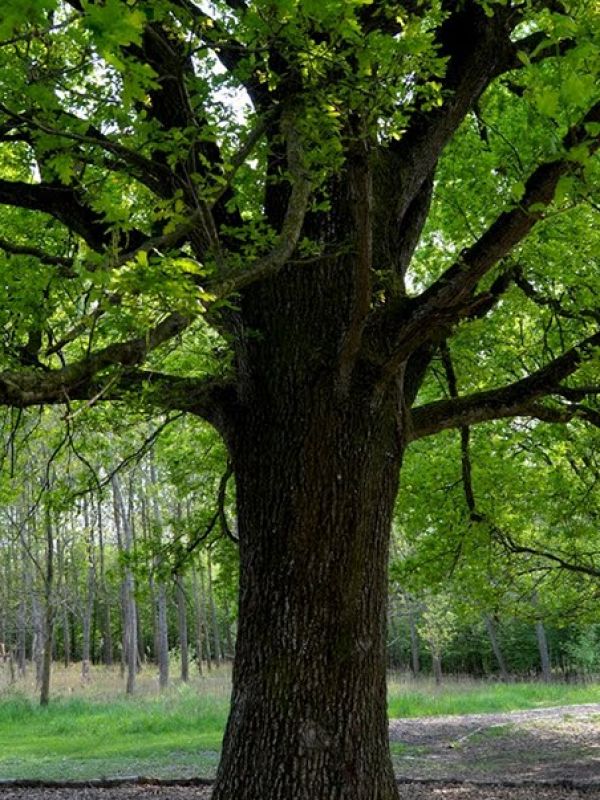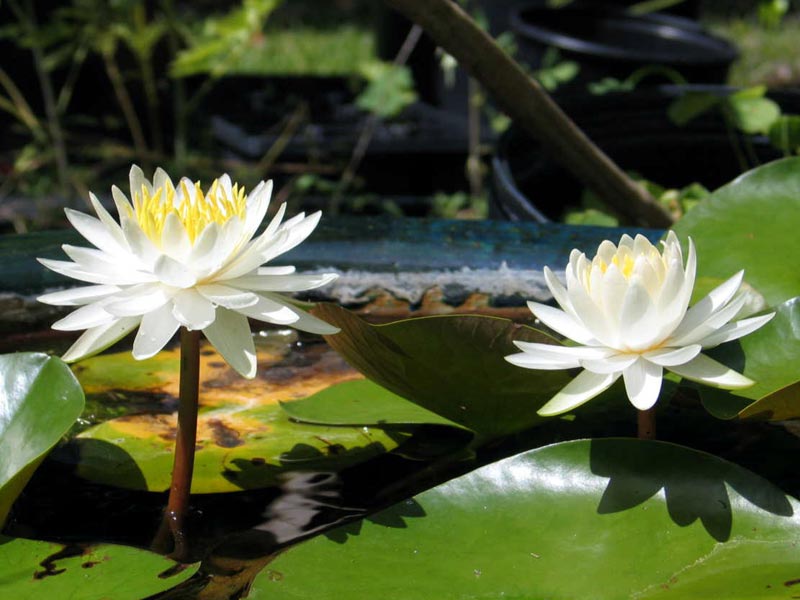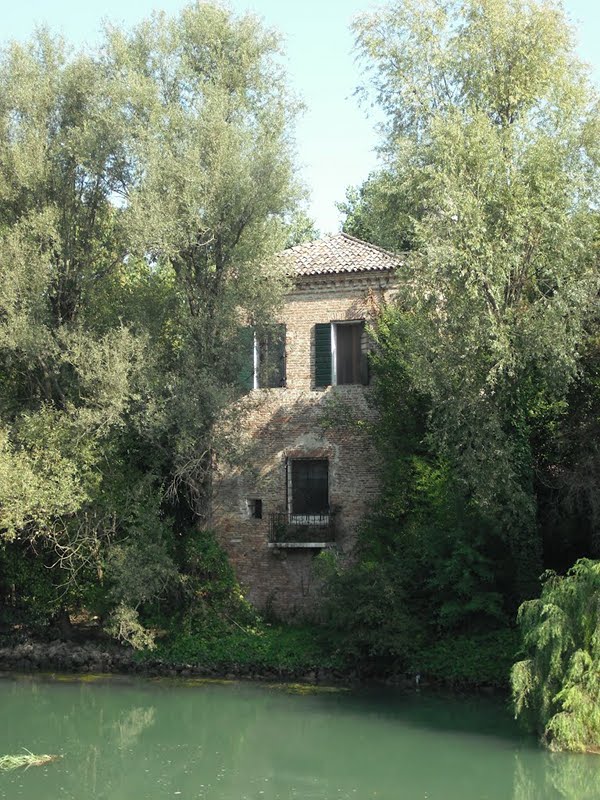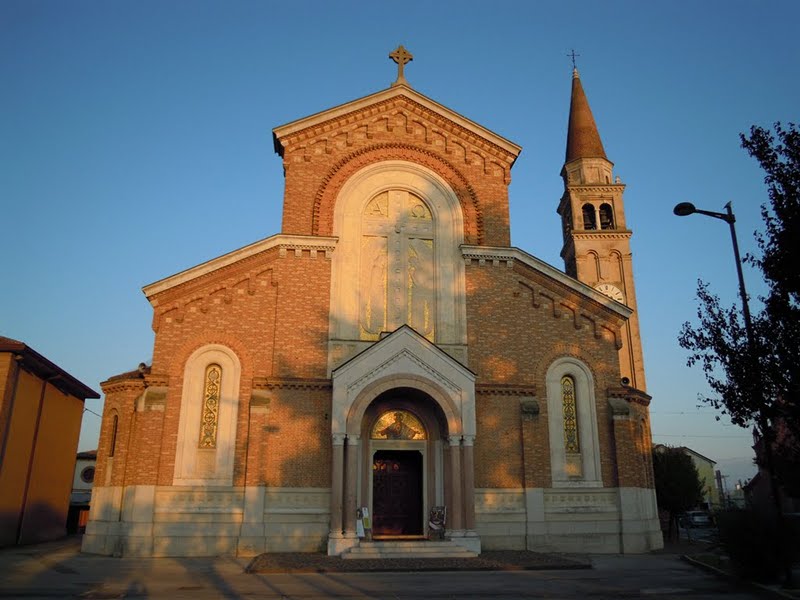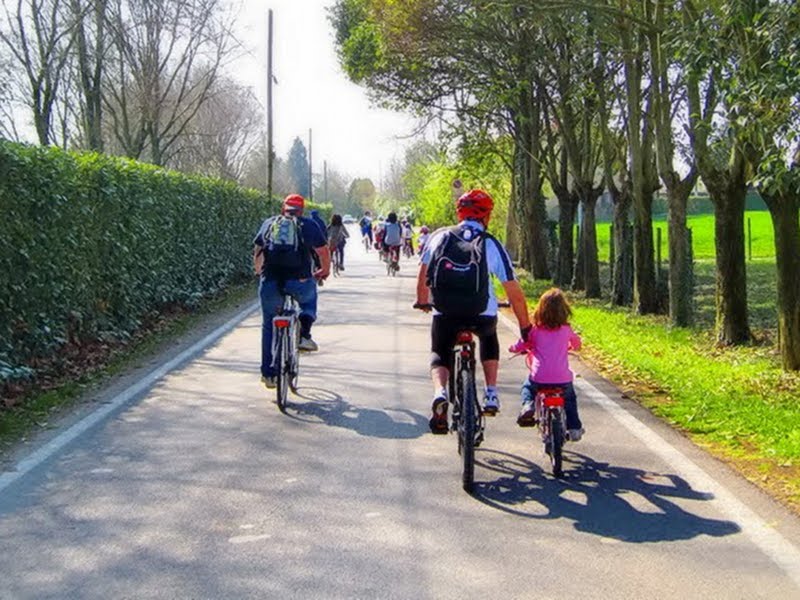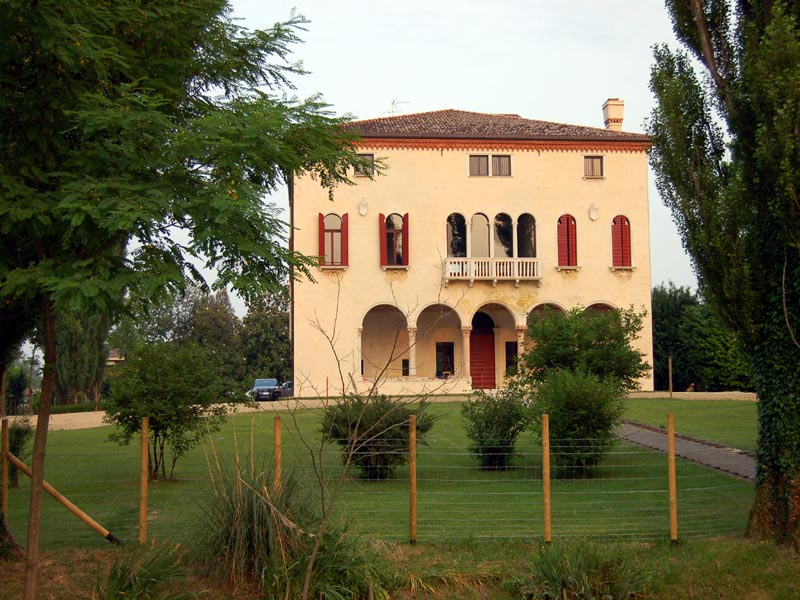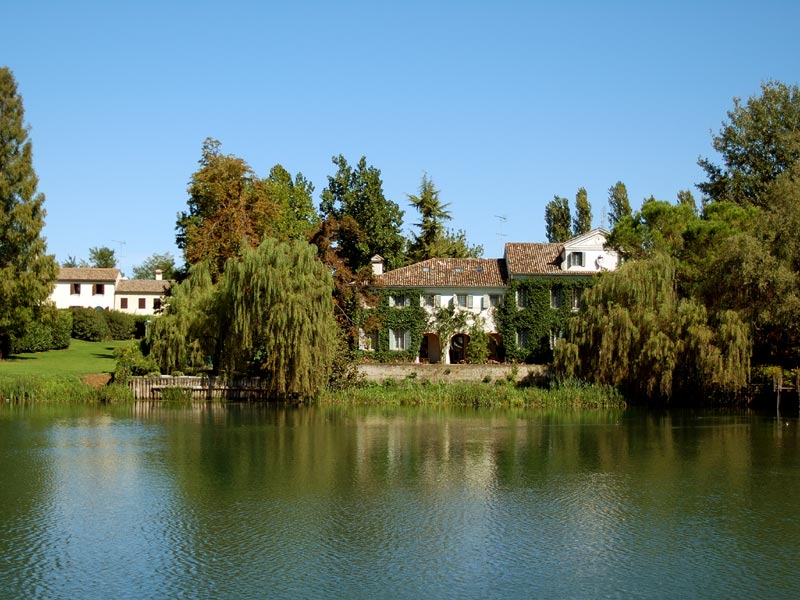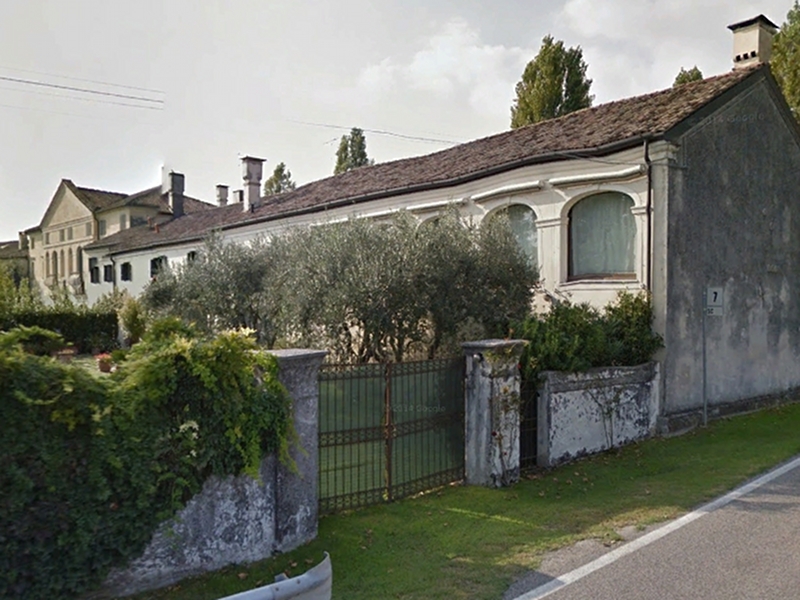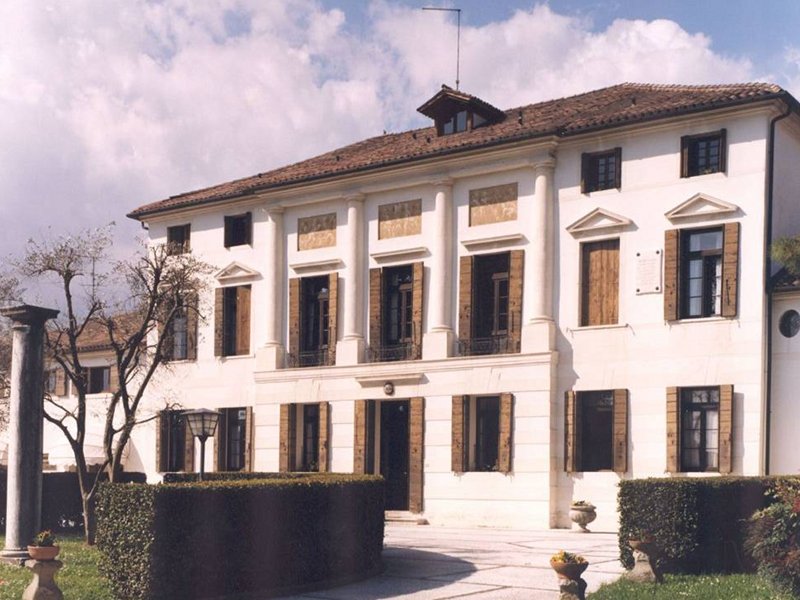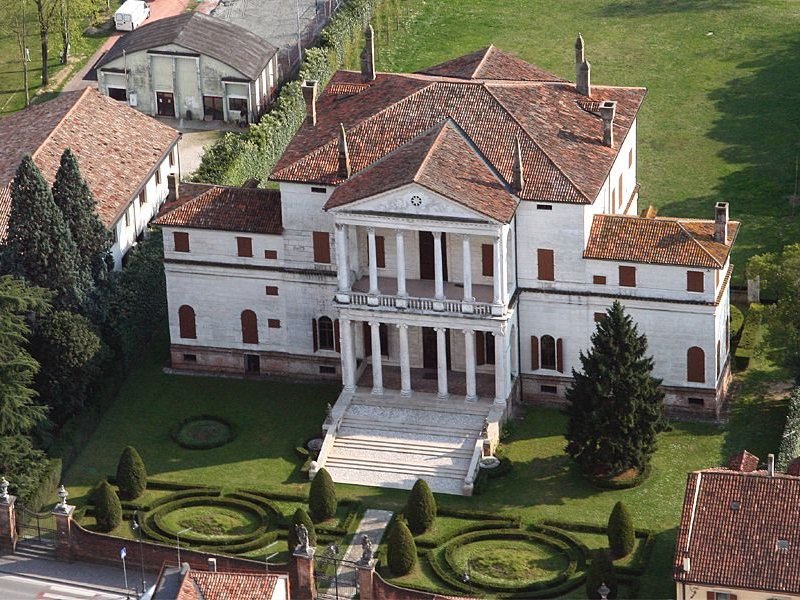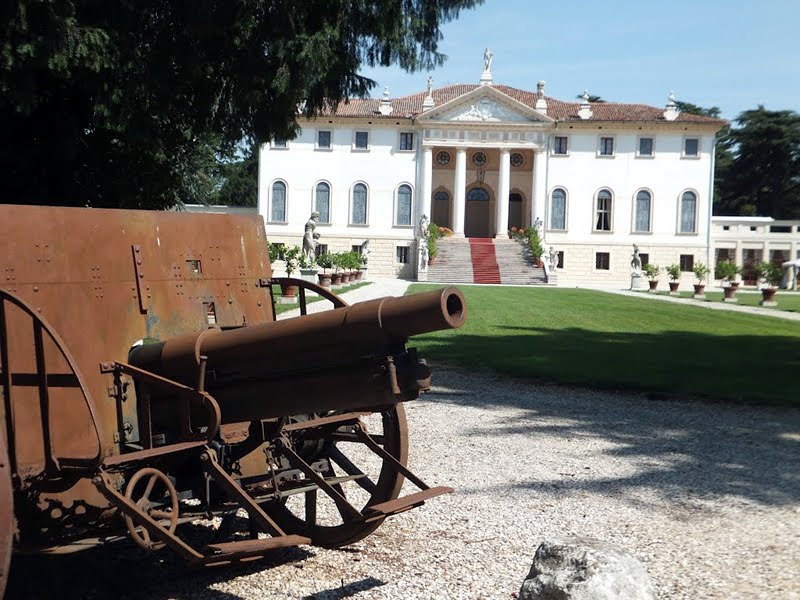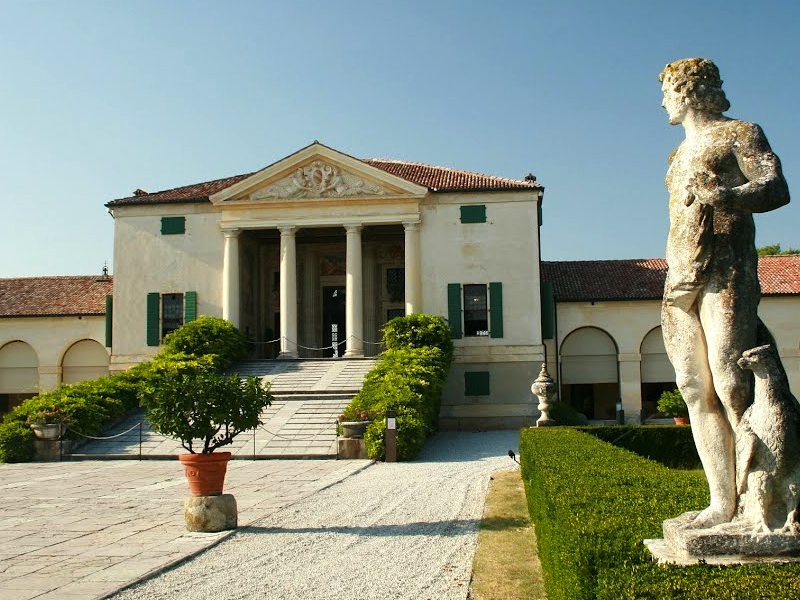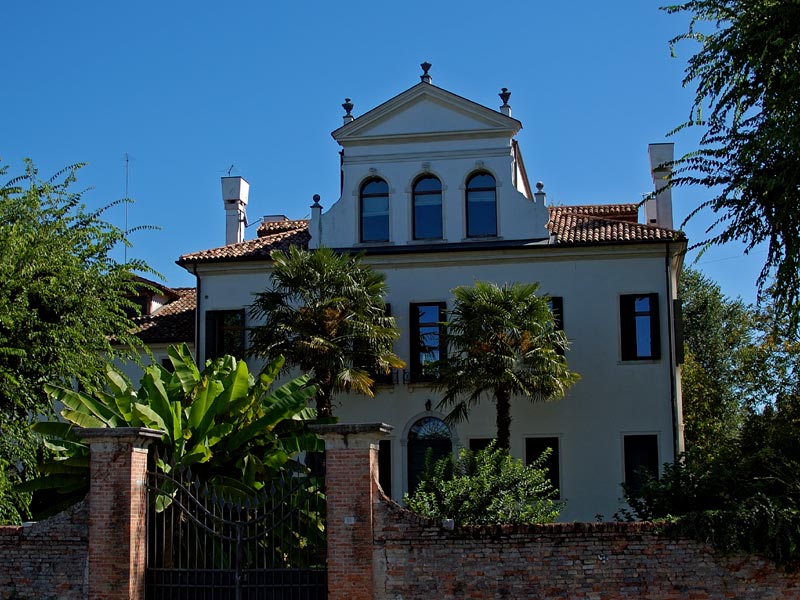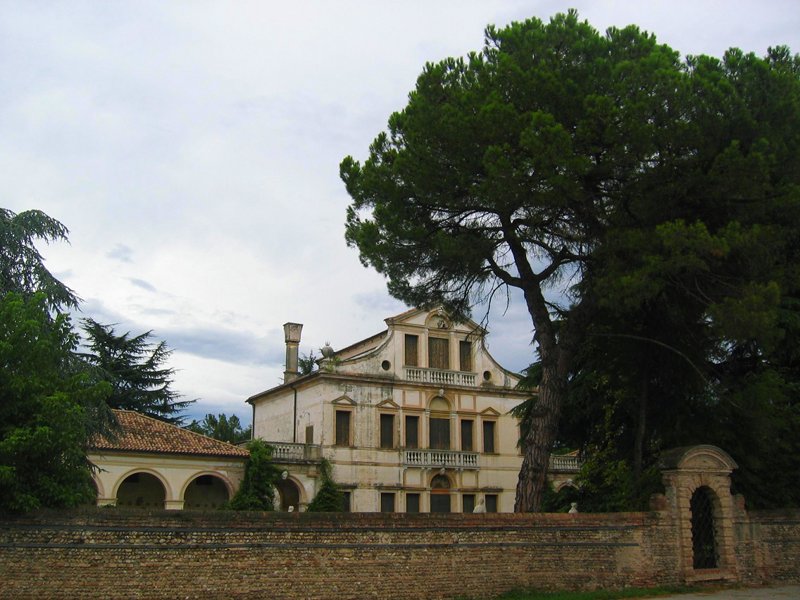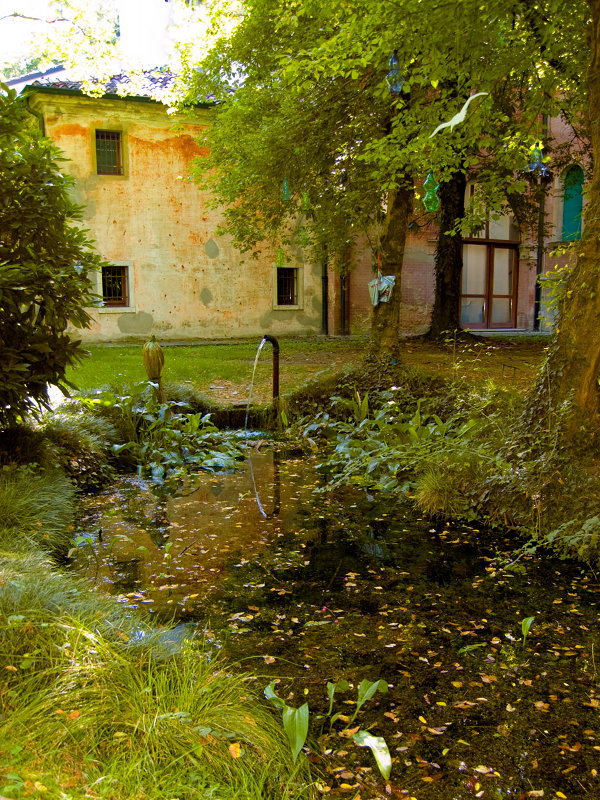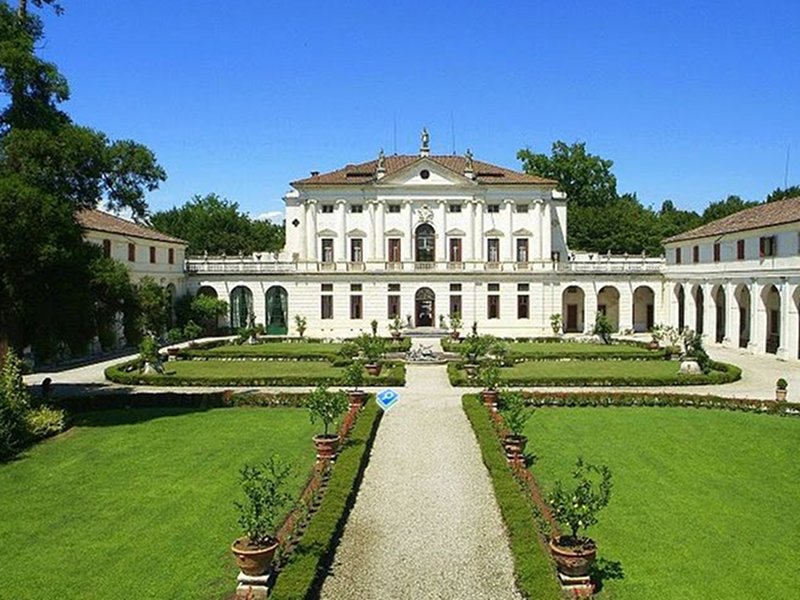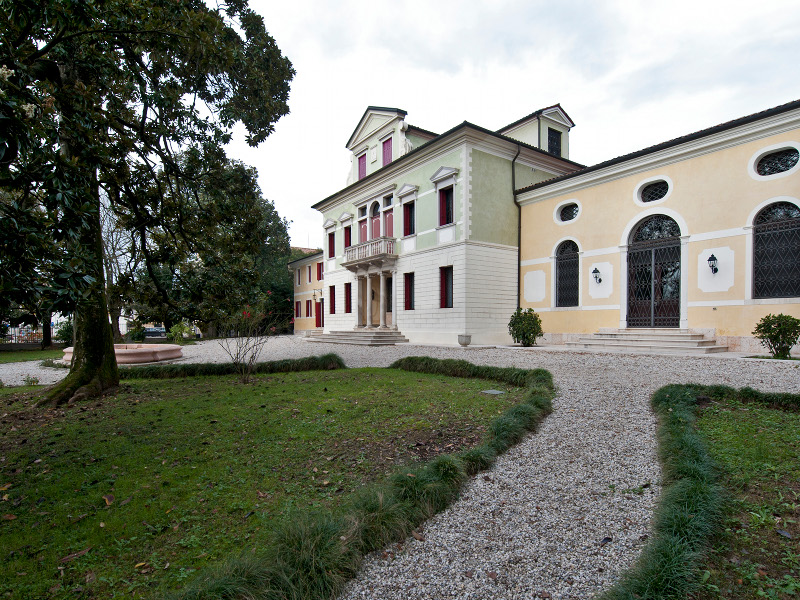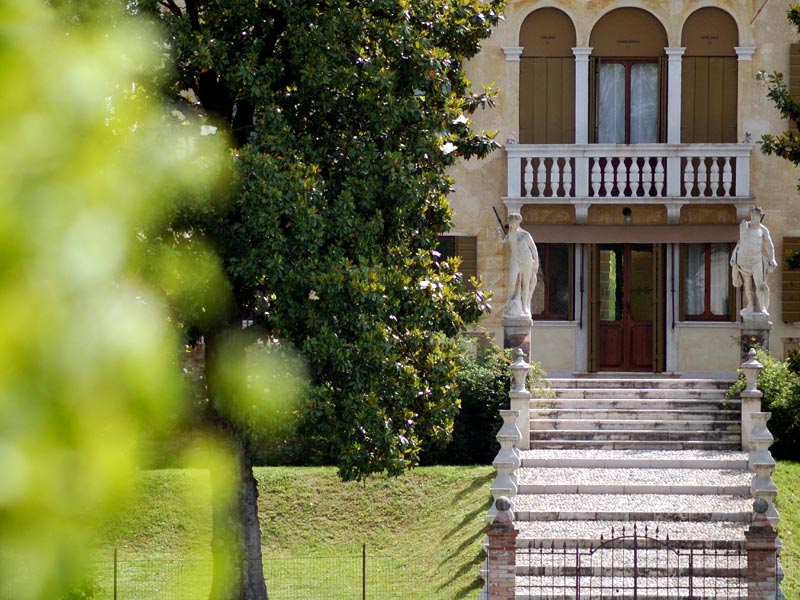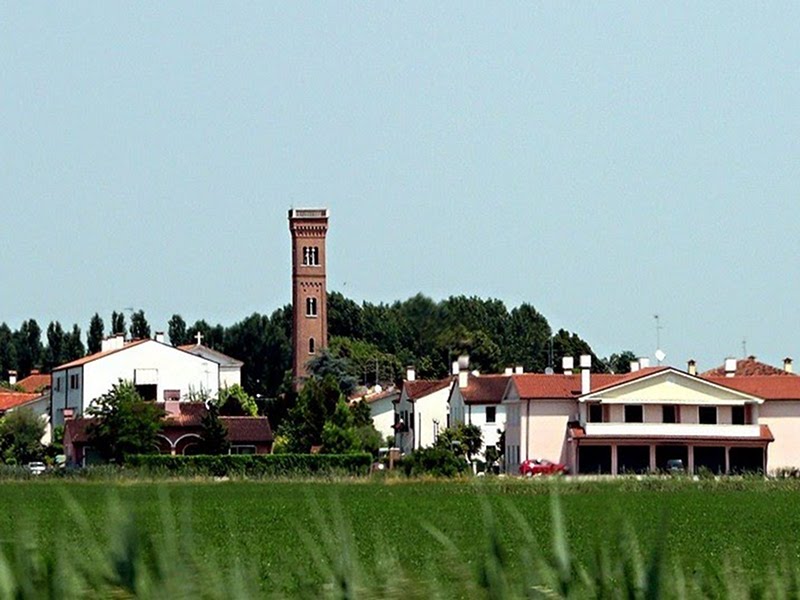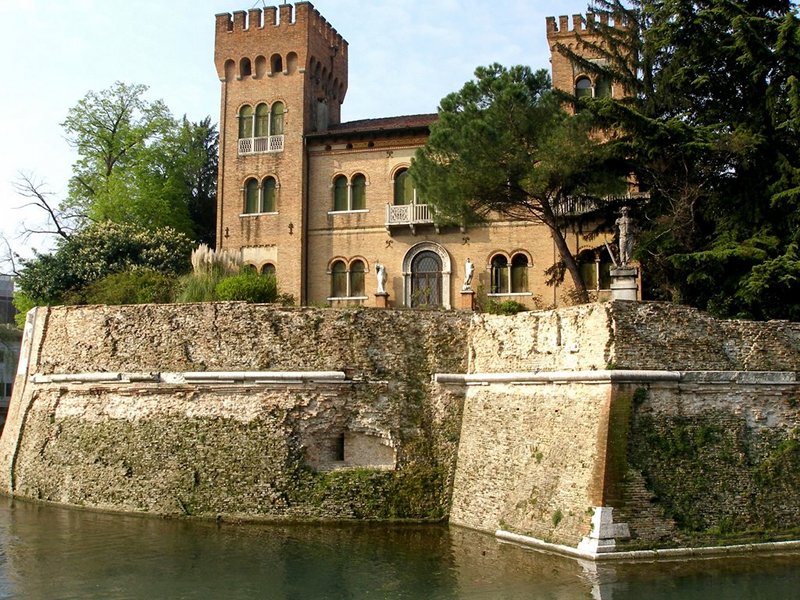Parco Naturale del Fiume Sile
www.parcosile.itPoints of Interest
The resurgence pools
The 95 km Sile is a resurgence river. Although modified radically down the centuries, the resurgence area still includes the typical natural elements such as springs ("fontanassi"), pools and marshland, bogs and a dense network of watercourses. As well as the vegetation typical of water-meadows and resurgence pools (Carex, Cirsium, Caltha palustris, Iris pseudacorus), there are also isolated trees and small woods, relicts of the previous coverage typical of the hygrophilous lowland forest facies consisting of poplar, willow, alder, oak, elm, maple, etc.
The bog
Peat is a largely organic material of plant origin which forms in water basins of various types and sizes, or in very damp environments due to the incomplete transformation of the residual dead plants in anaerobic conditions caused by water saturation. The natural environments where peat normally occurs are known as "bogs".
The Fontanassi of the Sile
The Sile is without doubt the most important symbol of the Treviso Marches. It crosses the region's capital influencing its layout and characterising the scenery, while the "peasant culture" of the entire province was born and developed on its banks. A visit to its source, the "fontanassi di Casacorba" can therefore make a pleasant outing. The springs fall within the boundaries of the River Sile Park and are an interesting destination for both adults and children.
The Architectural Heritage
The Churches along the river Sile
Along the river Sile, there are several churches situated on both banks.»
(the following links all lead to Italian texts)
- Santa Cristina del Tiveron demolished church
- S. Angelo sul Sile Church
- S. Maria ad Elisabetta di Canizzano Church
- San Martino Urbano Church
- San Nicolò Temple in Treviso
The Venetian Villas
Wishes and needs merged in the call of pleasant countrysides, meadows, and hills, when summer and autumn came. The rich Venetians, by boat or by magnificent carriages, reached the Villas scattered throughout the Province.»
Industrial Archaeology
The Port of Treviso at Silea
With the return to civilian life after the 1940-45 war, the problem of Treviso's river port was finally tackled and in October 1945 it was founded by the City Council, Province and Chamber of Commerce. The Treviso Port Consortium commissioned engineer Giuseppe Stancari to draw up a project to construct a river port with annexed industrial zone.
The towpaths
Part of the Girasile follows the route of the old restere, the roads along the banks of the river used by the oxen towing the barges (burci) (35 km).
(the following links lead to Italian texts)




